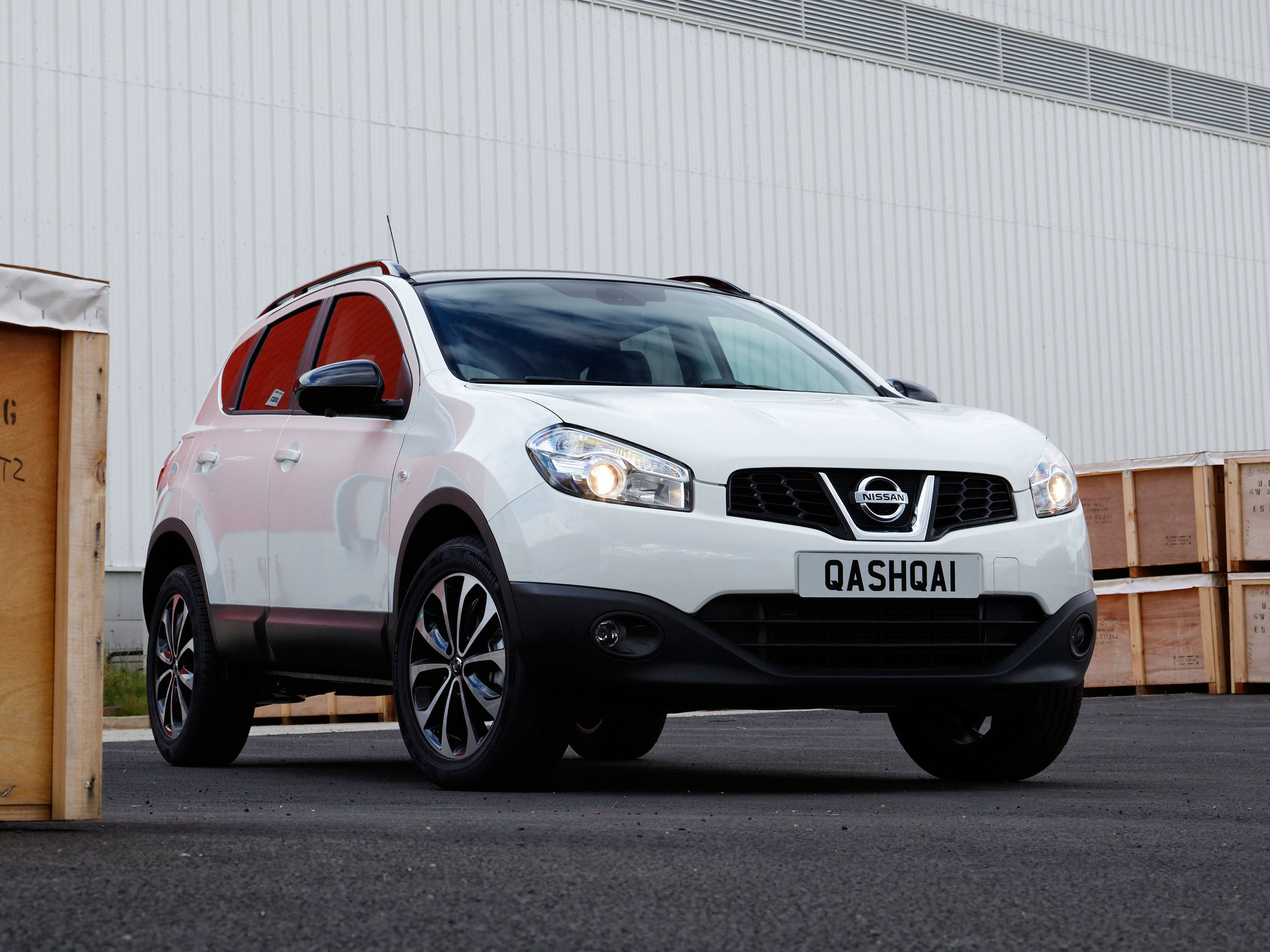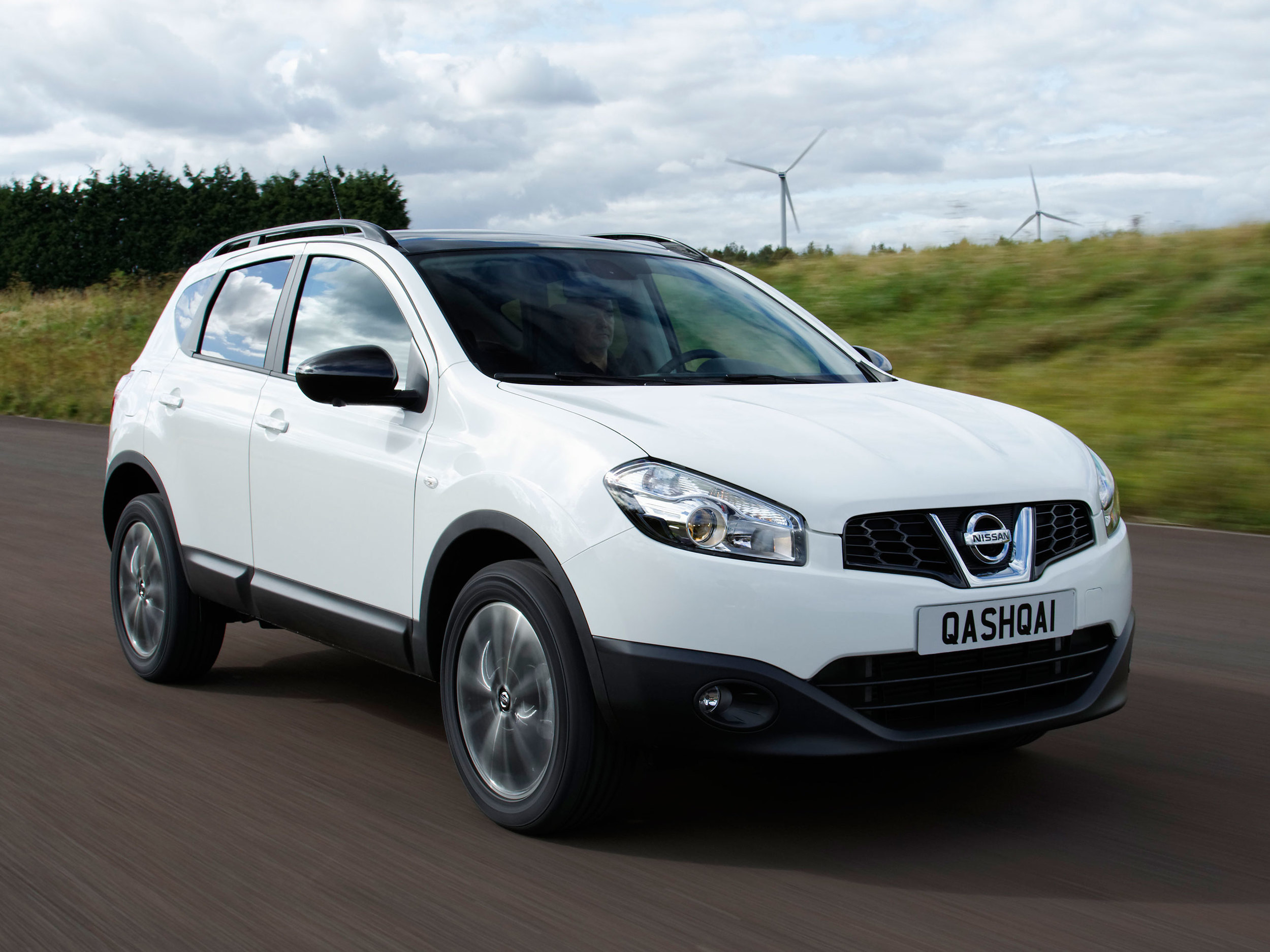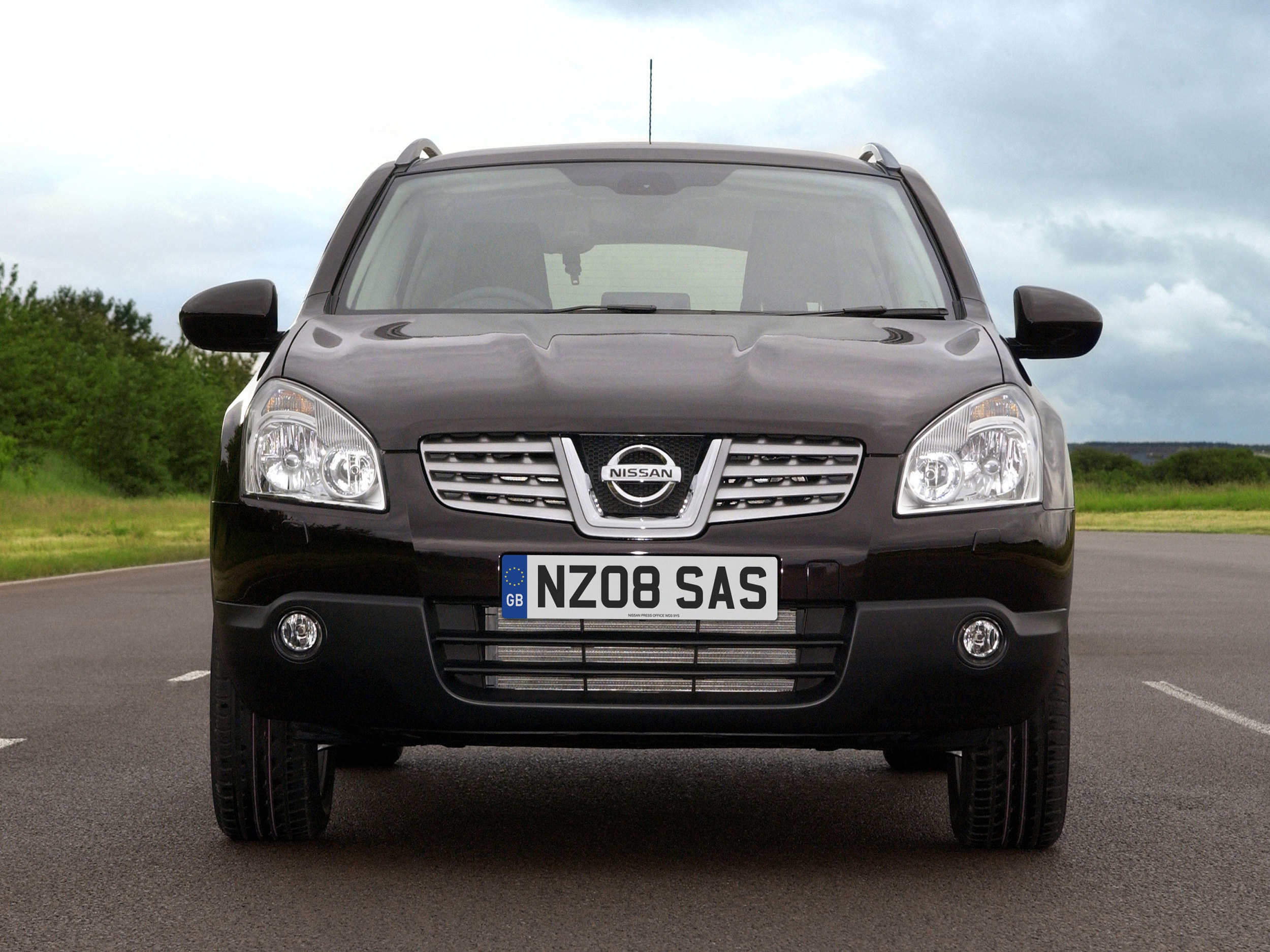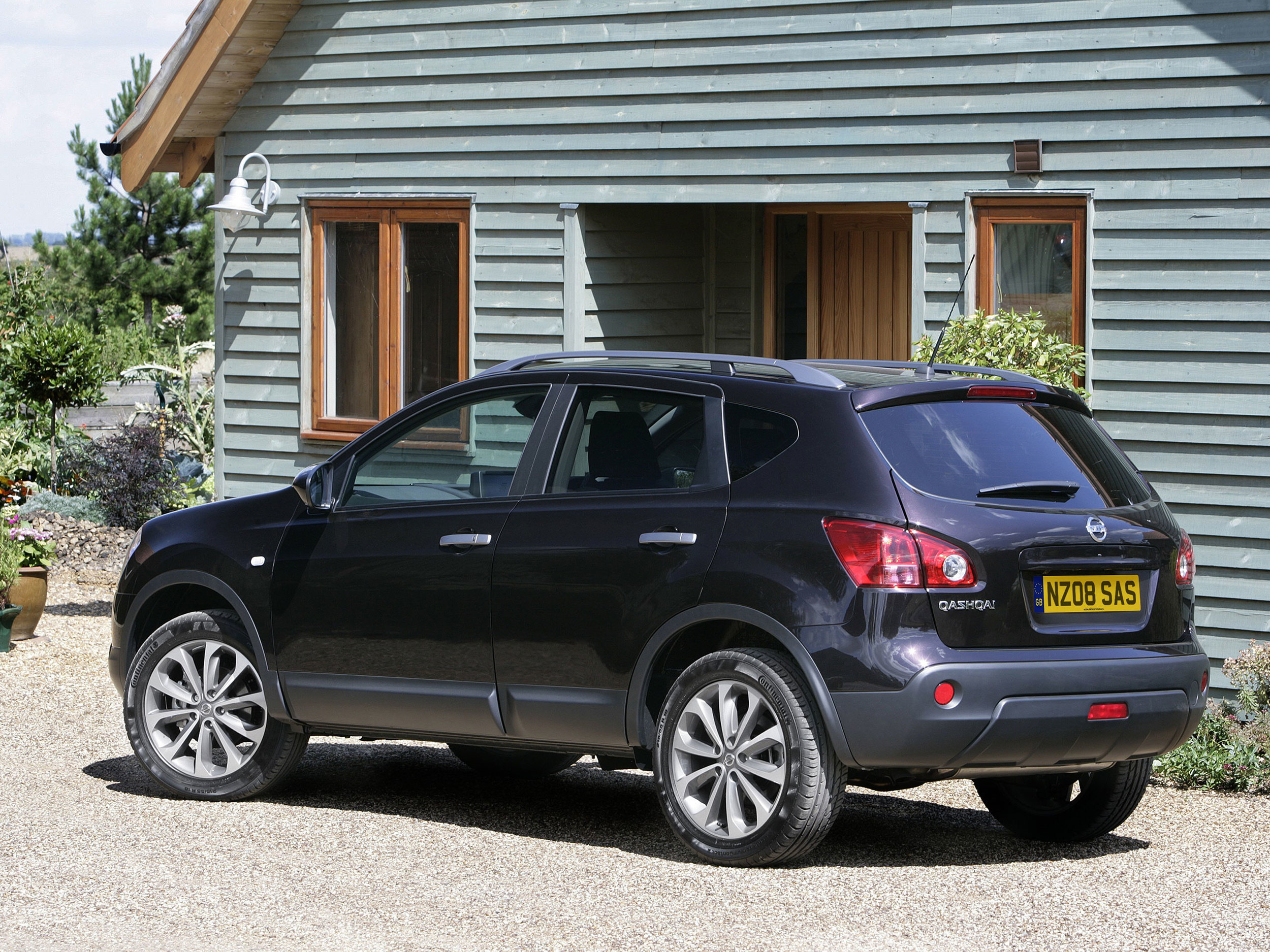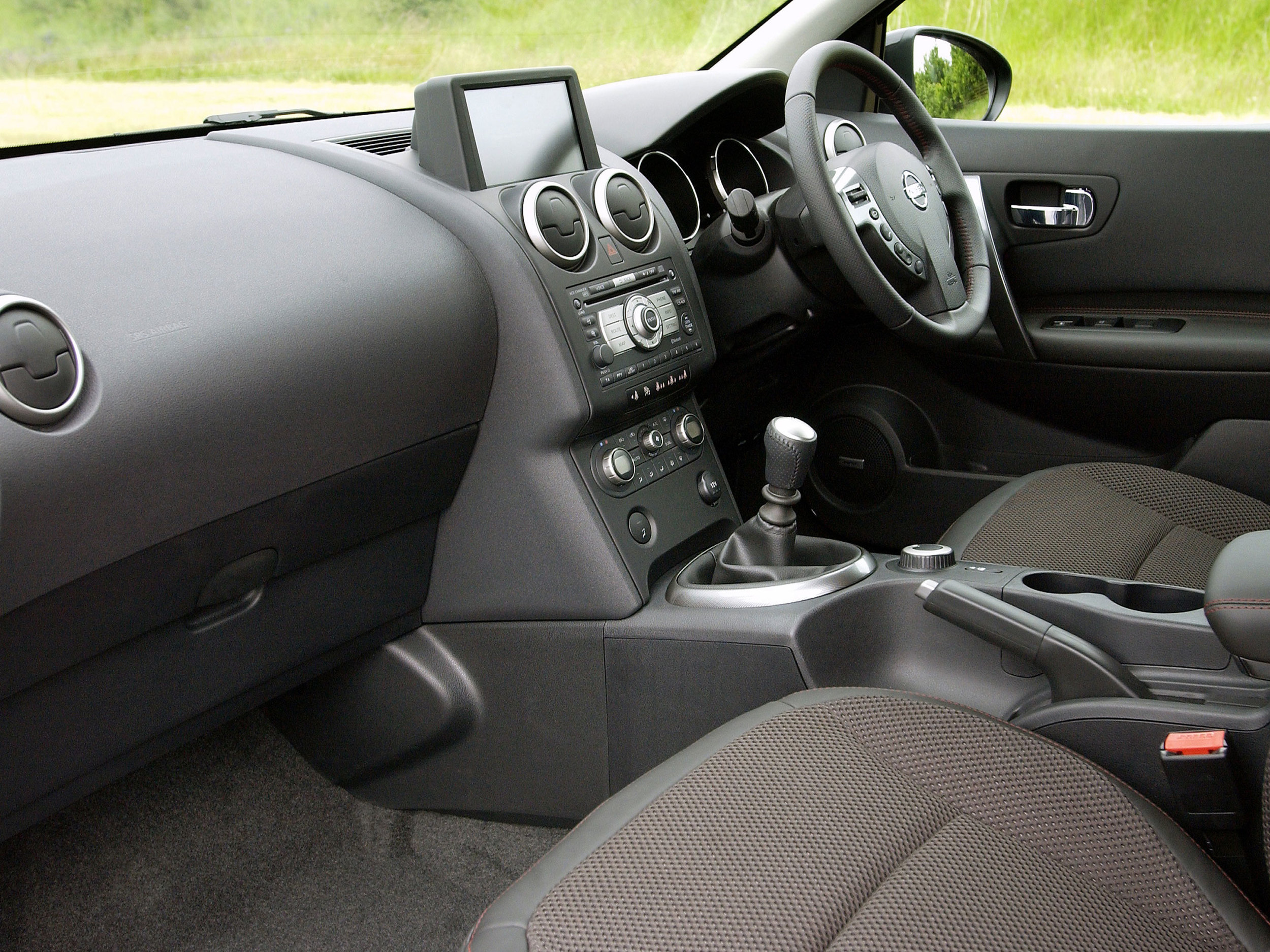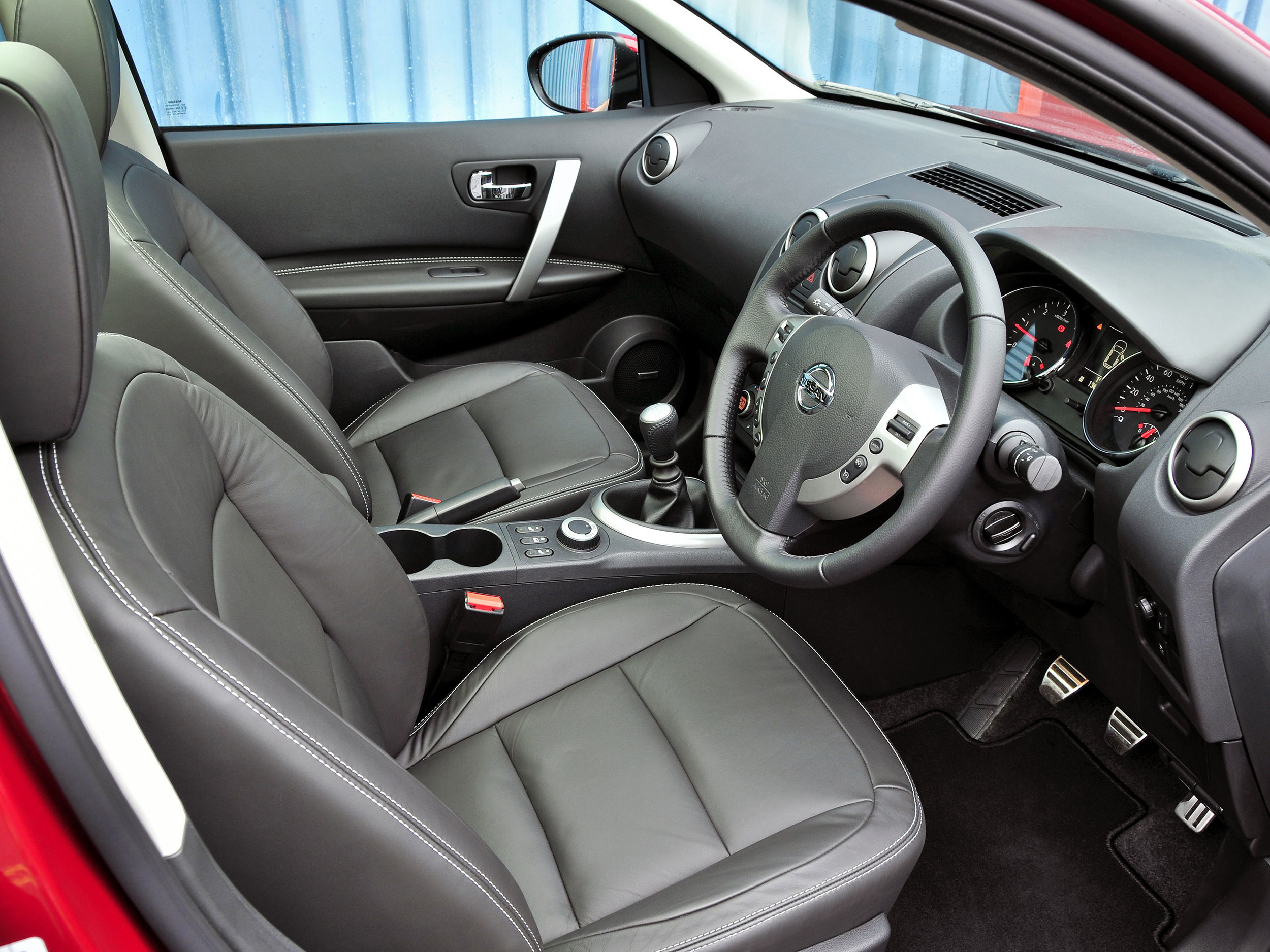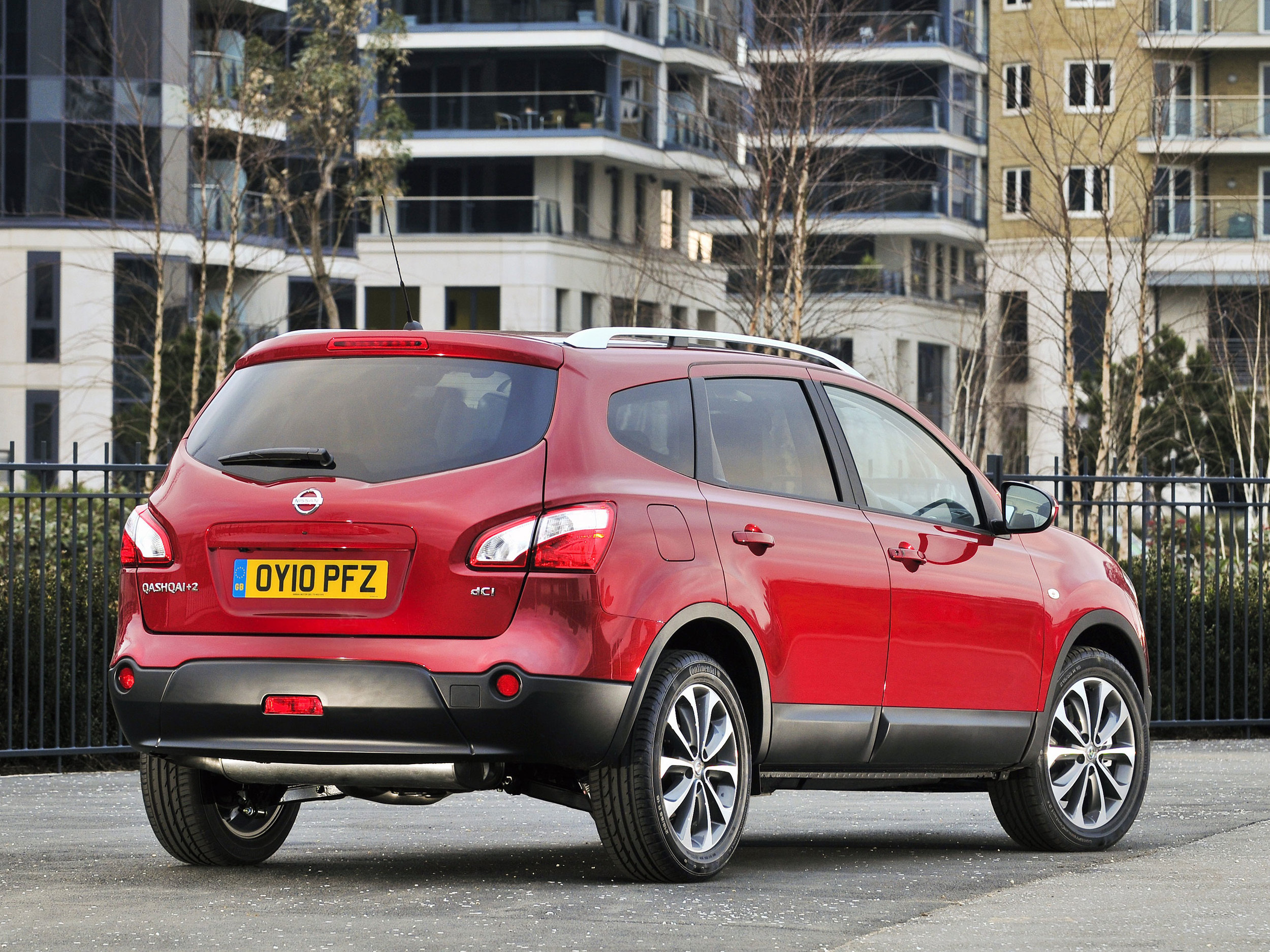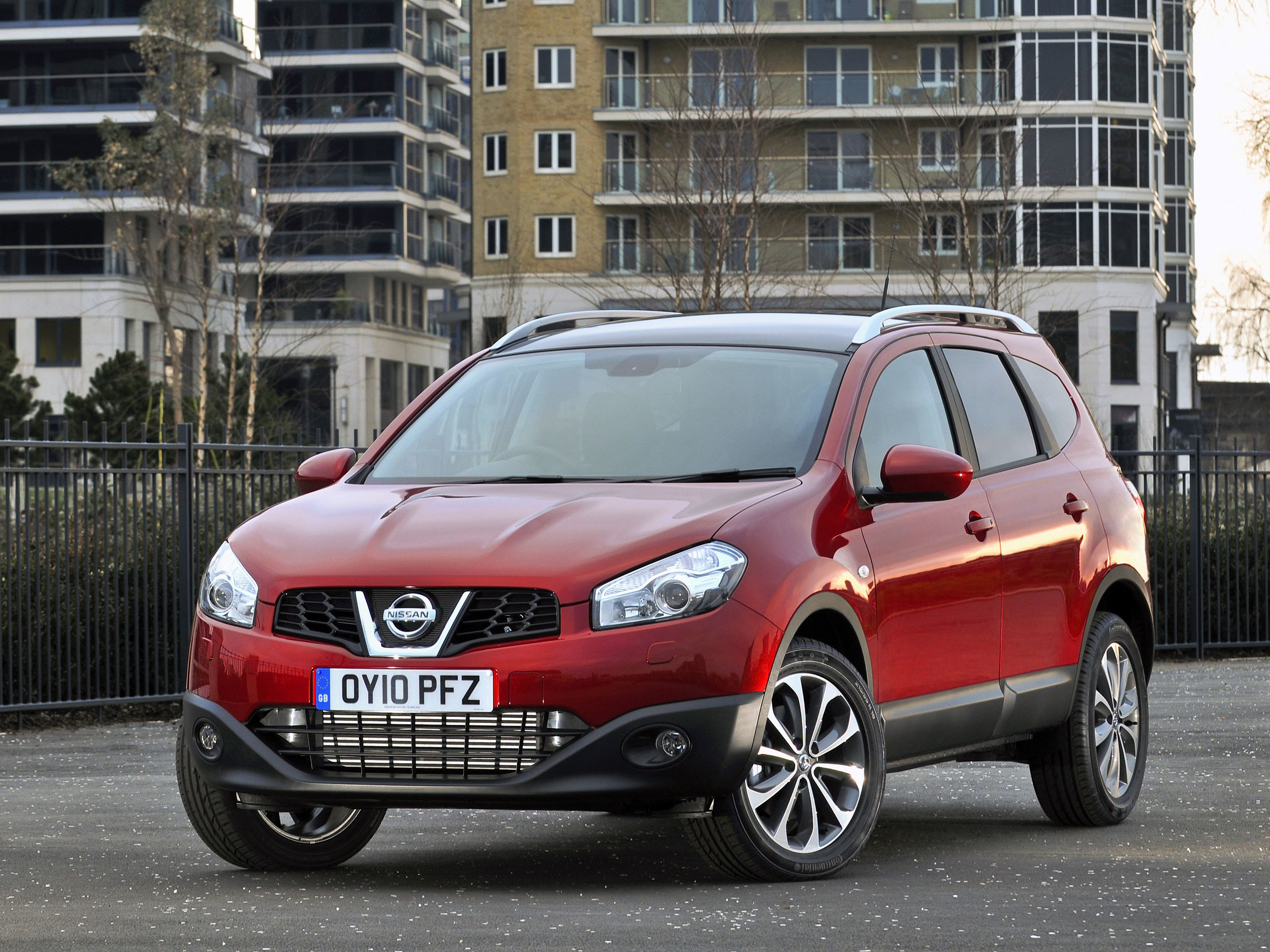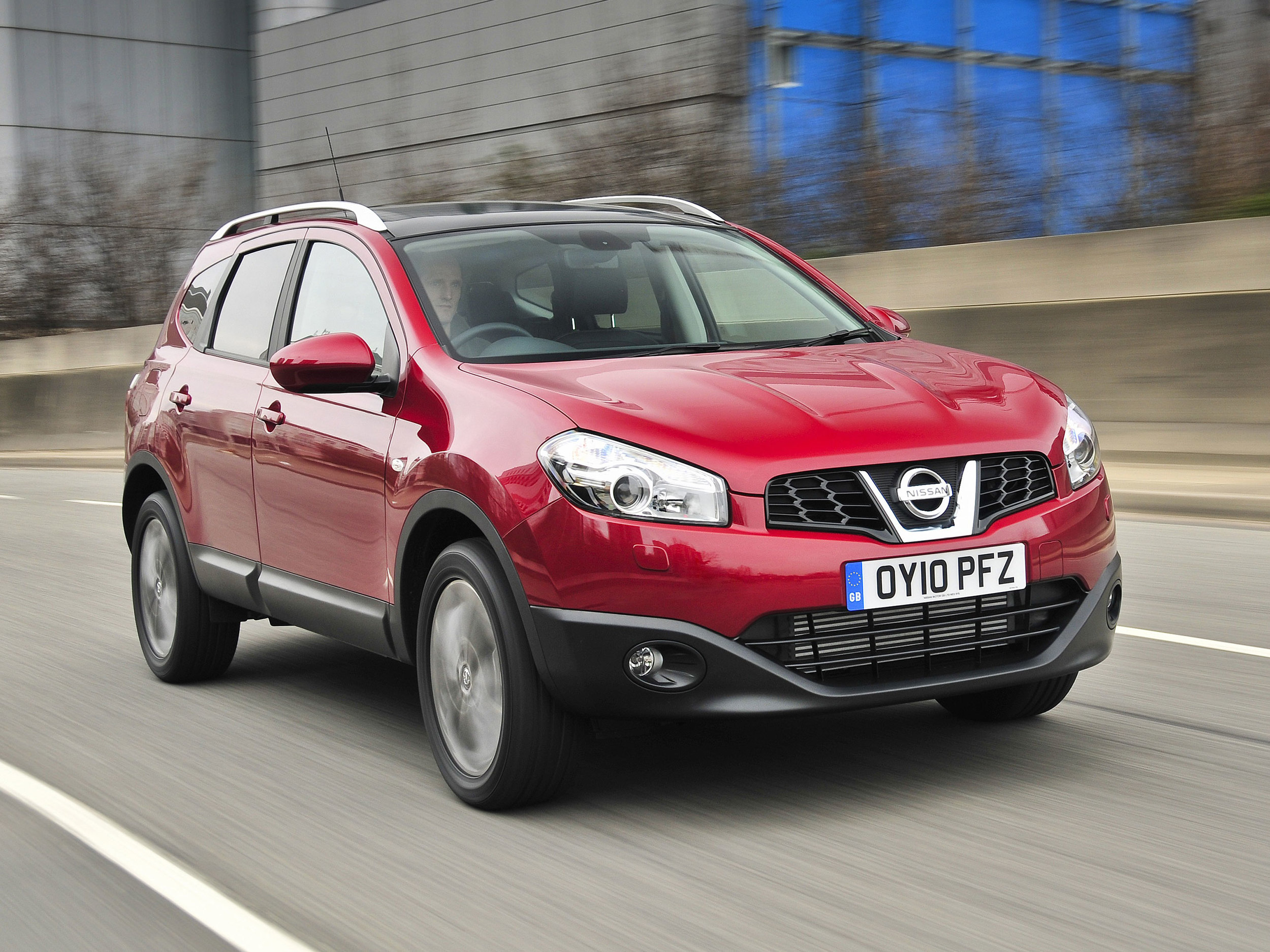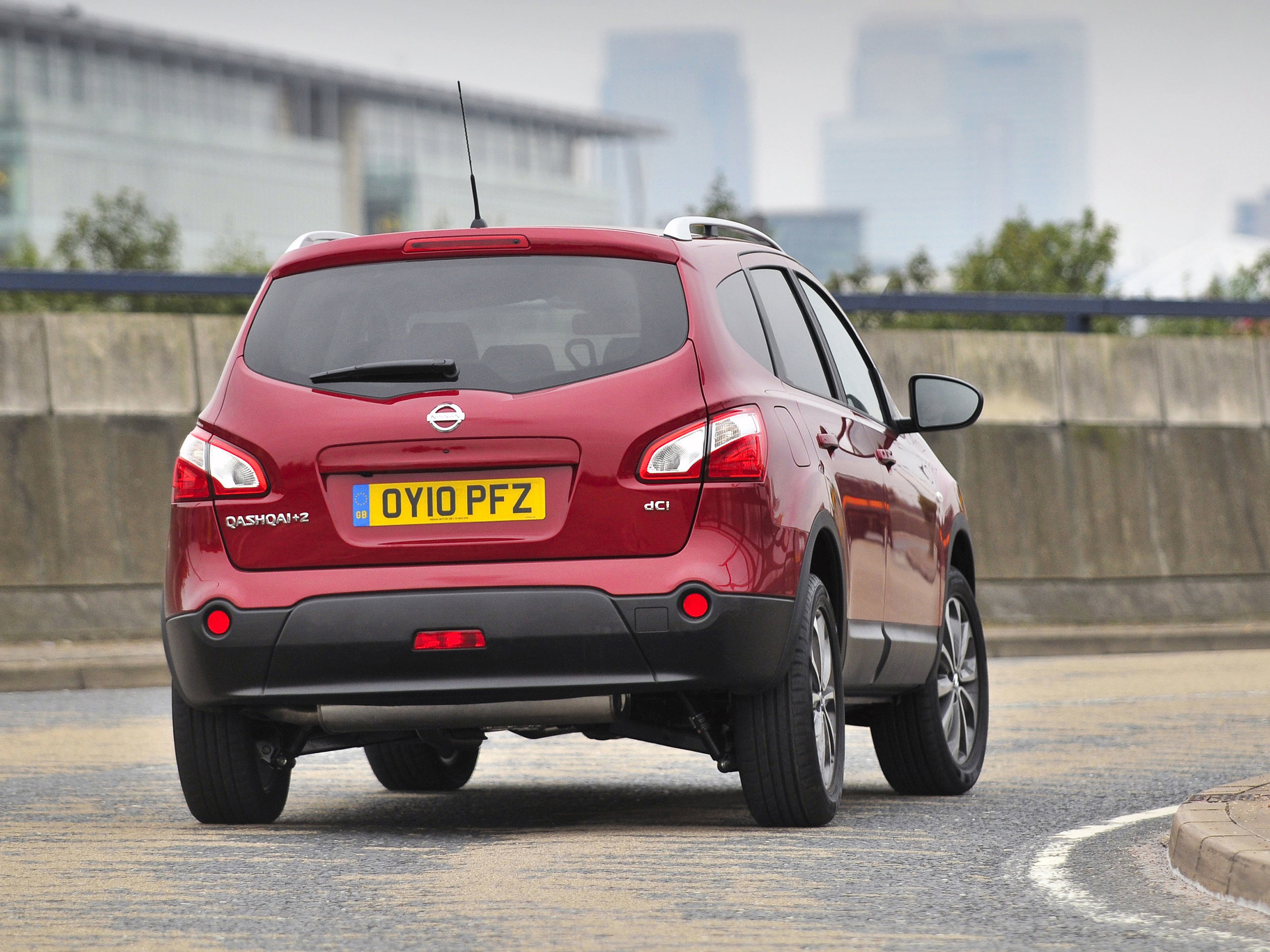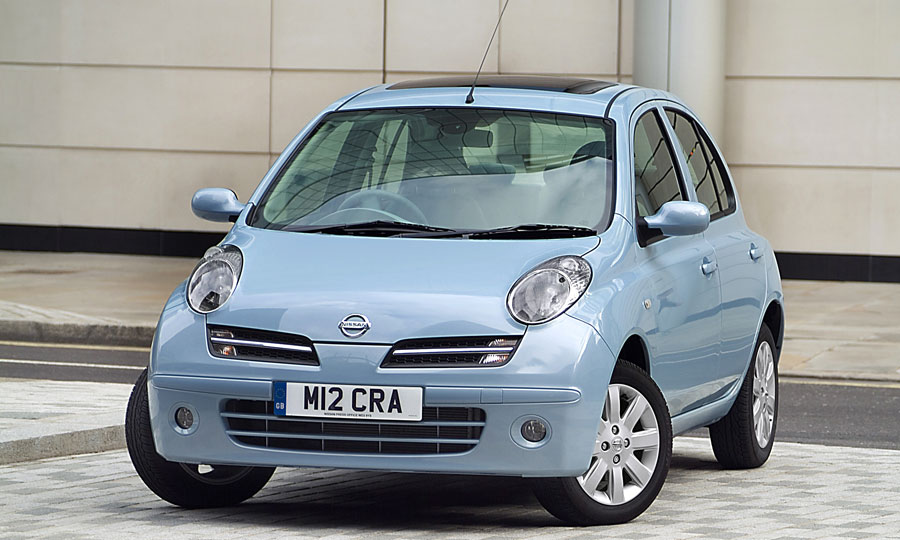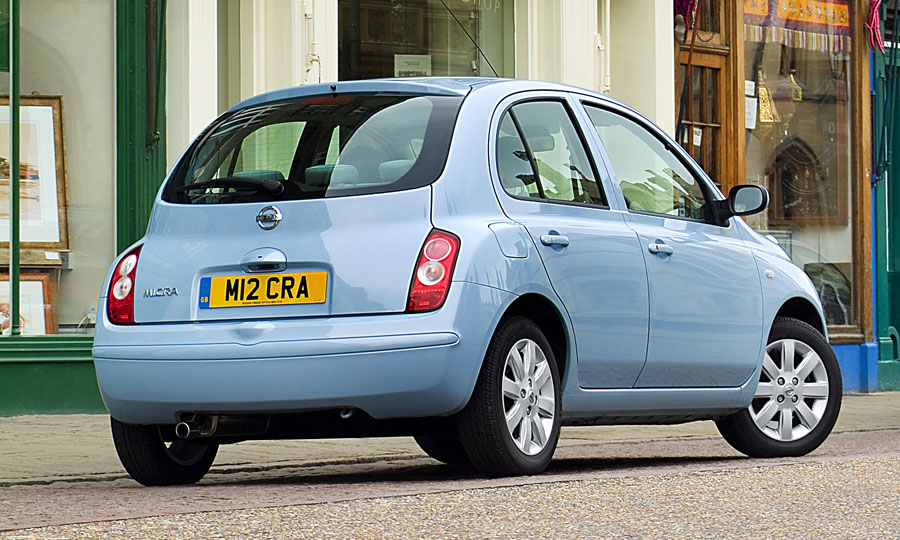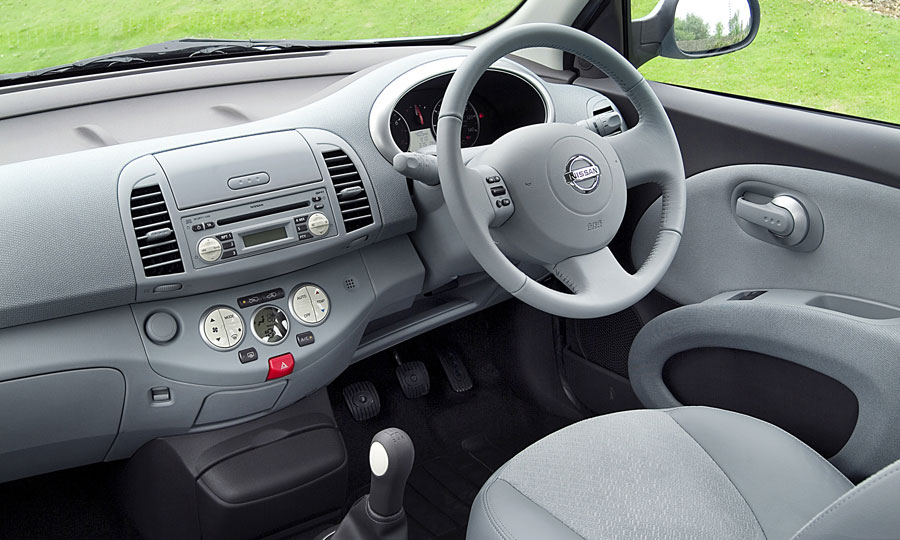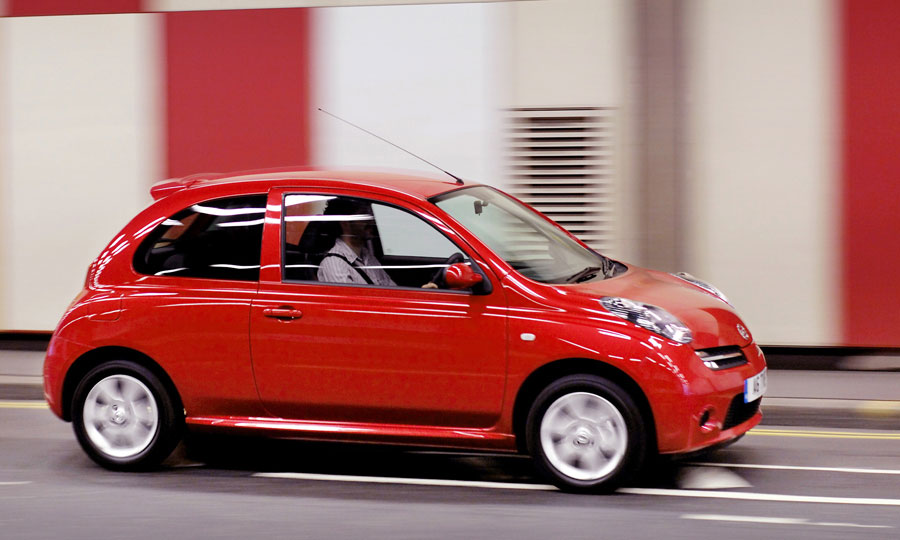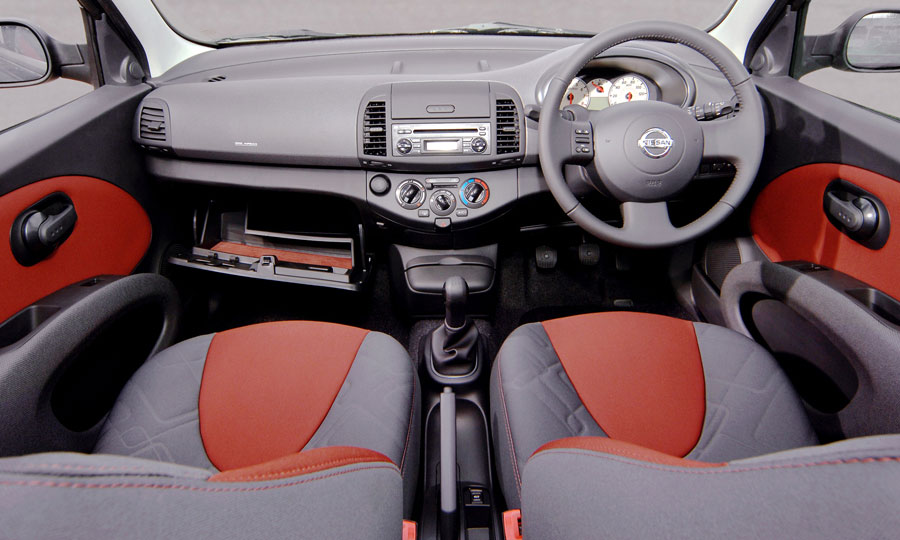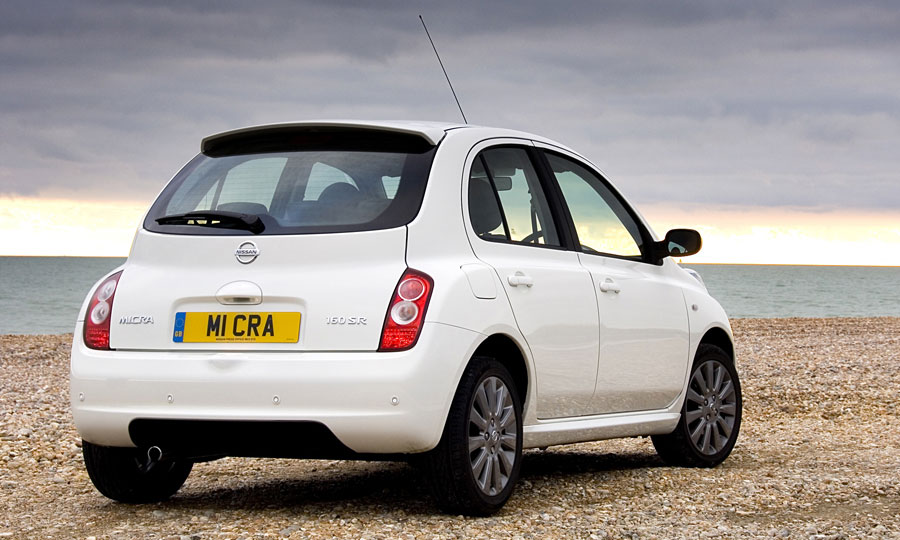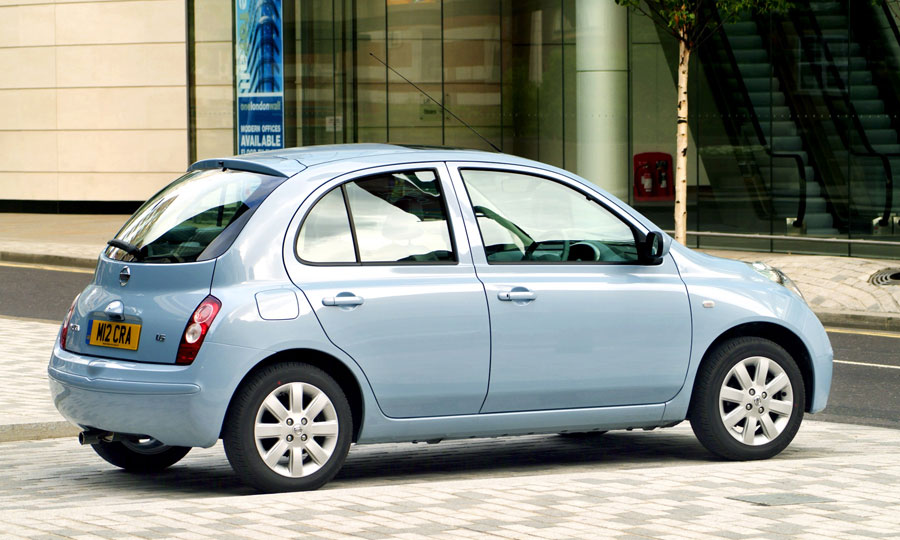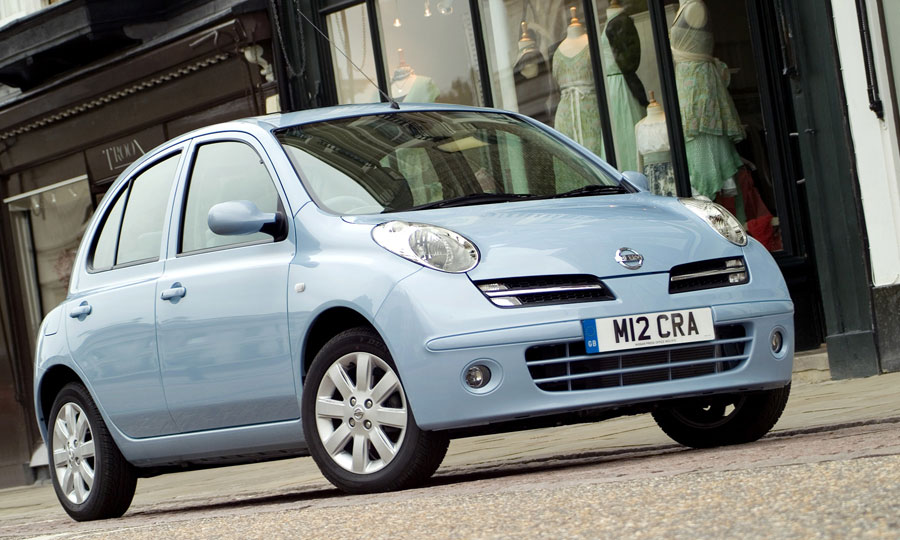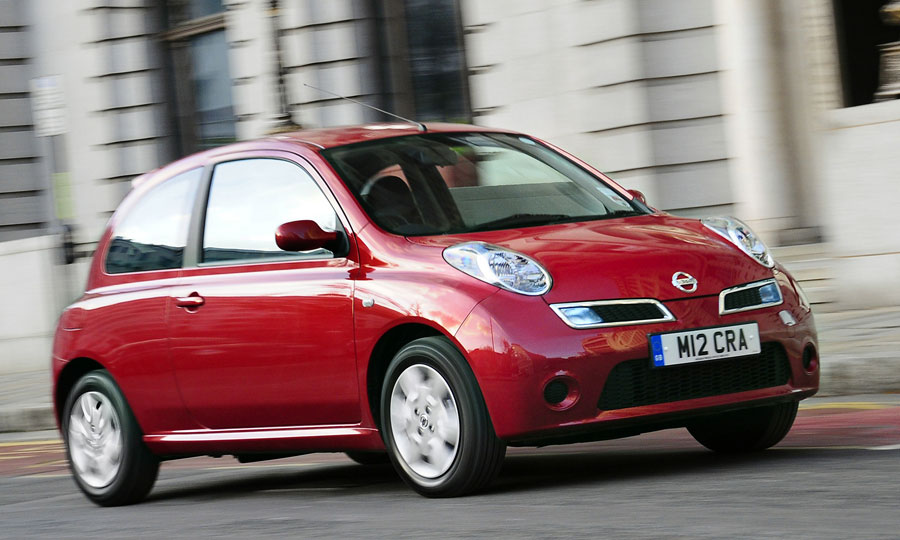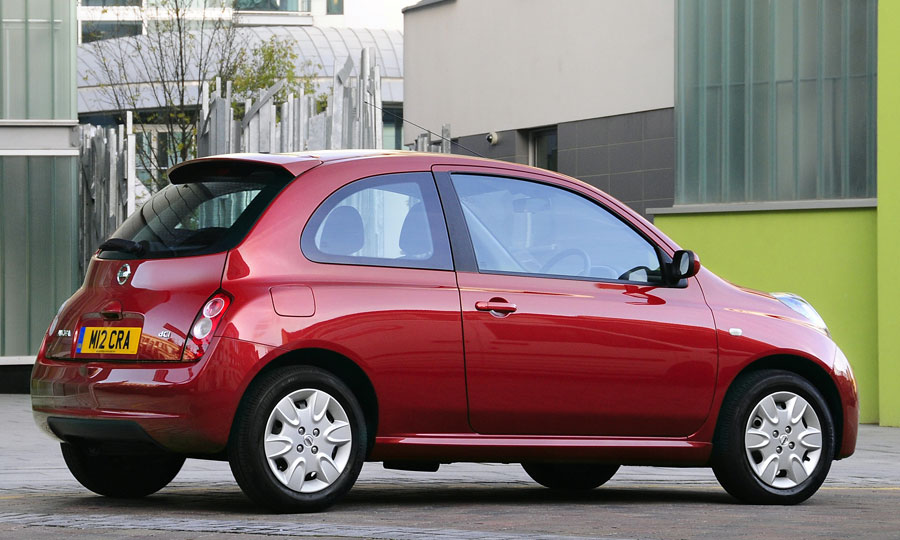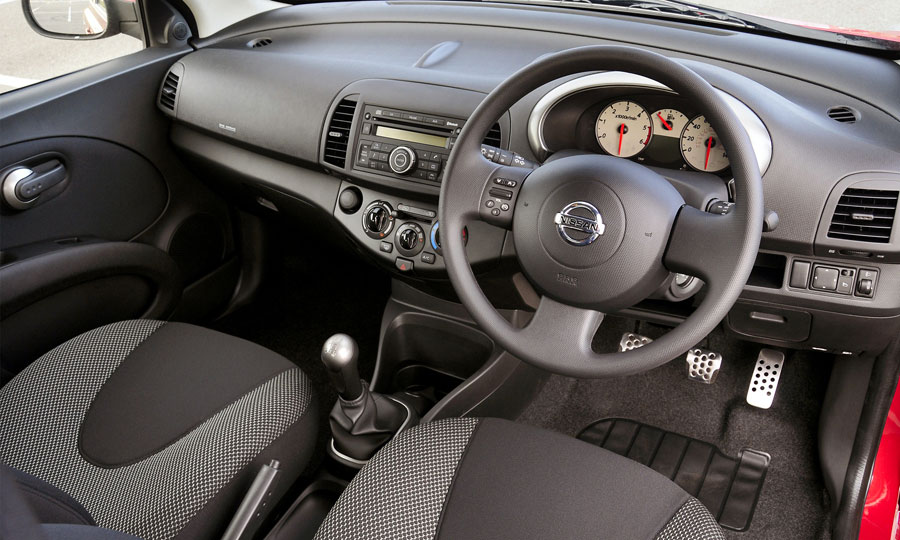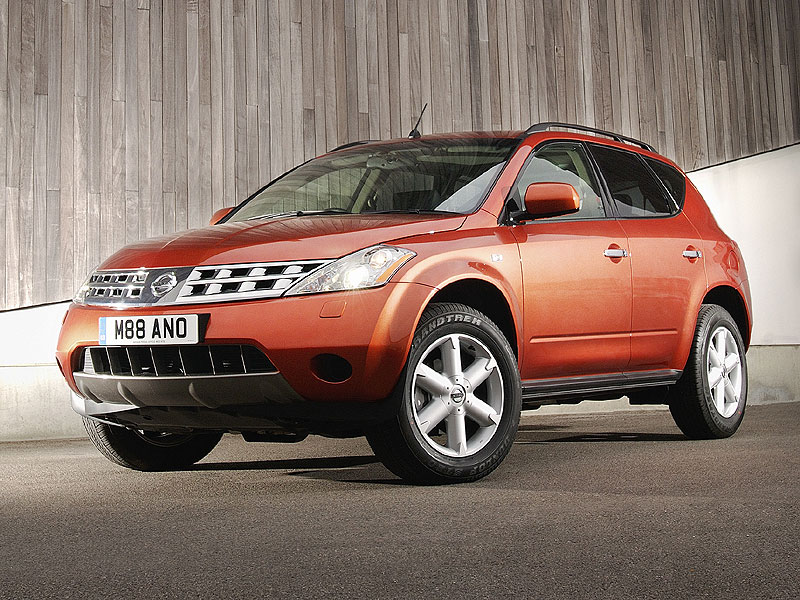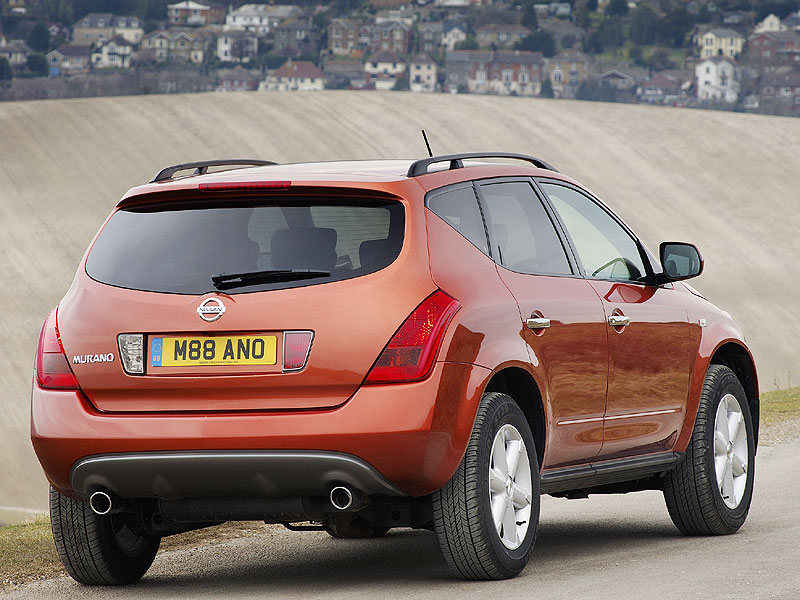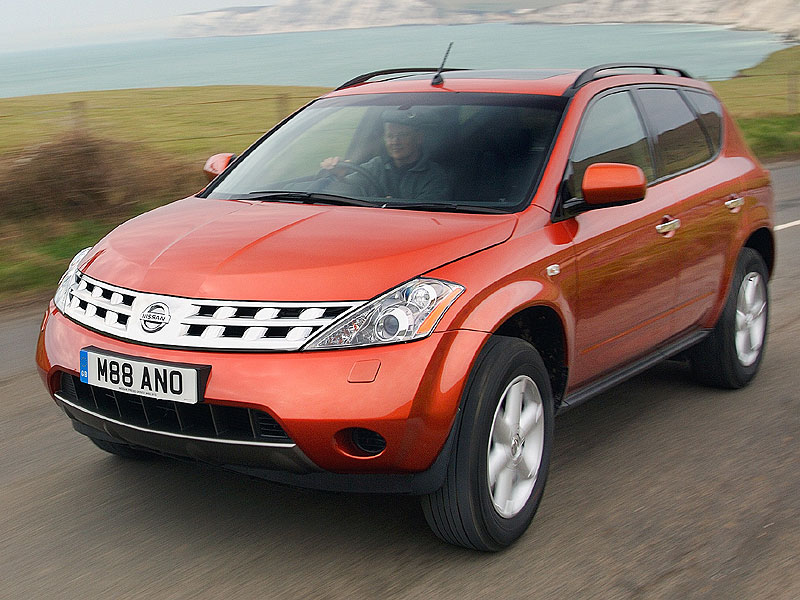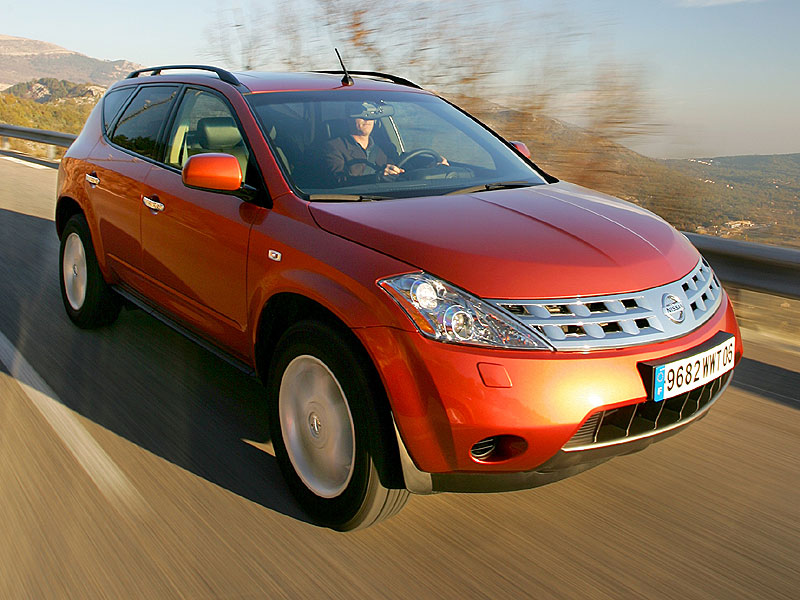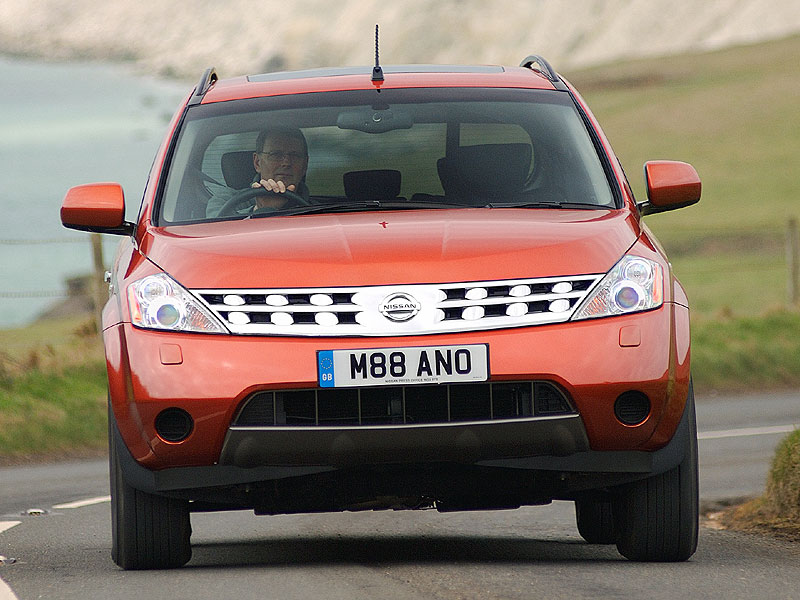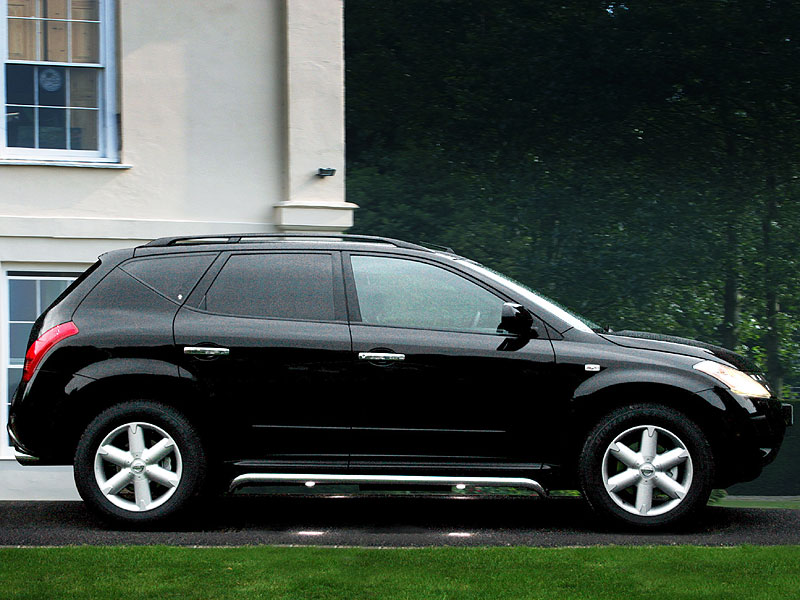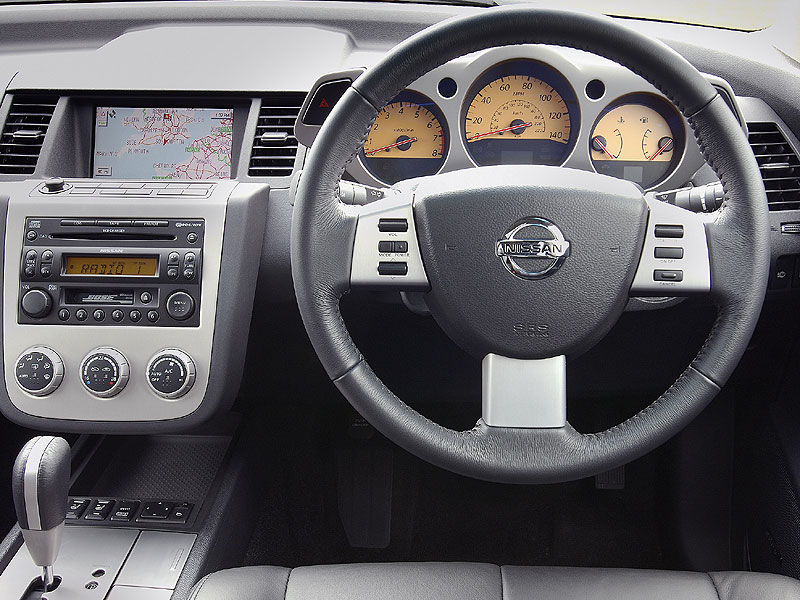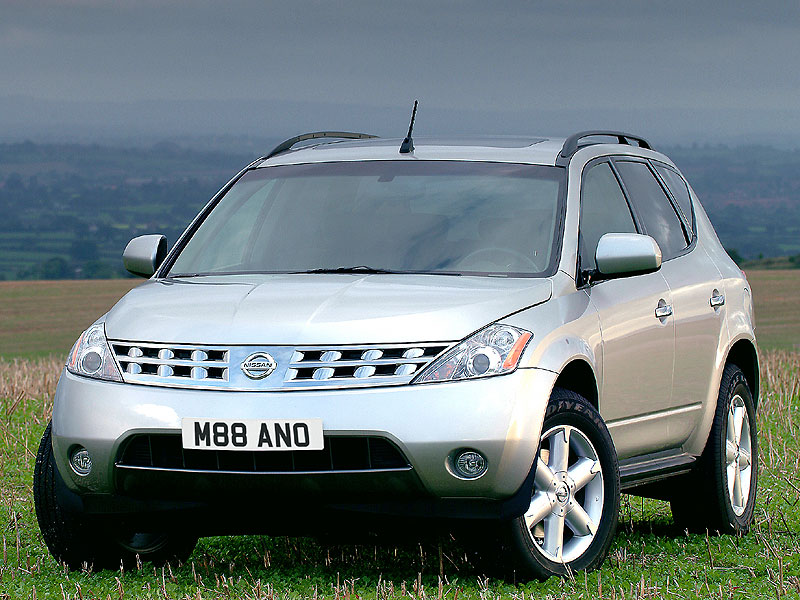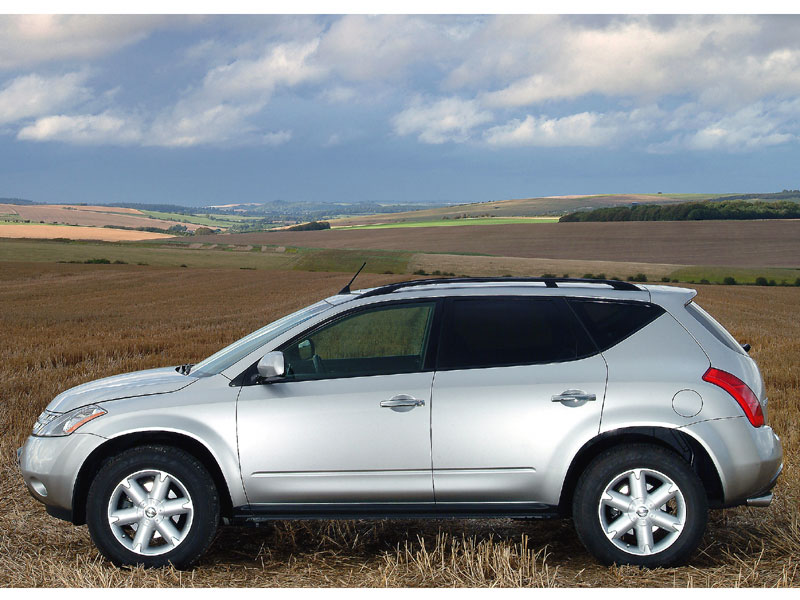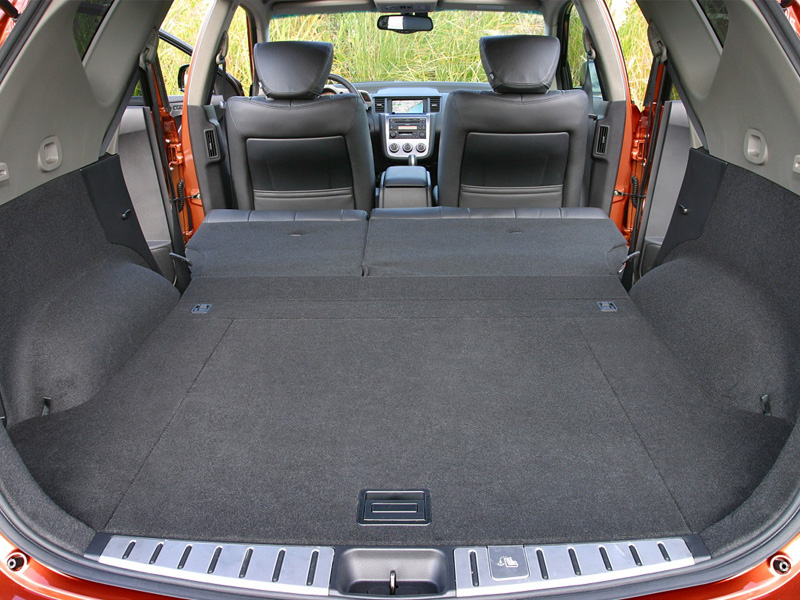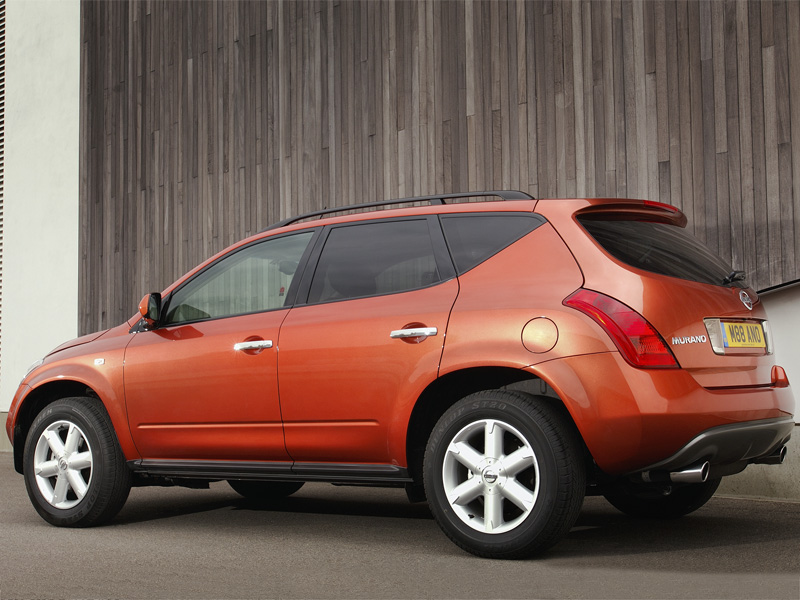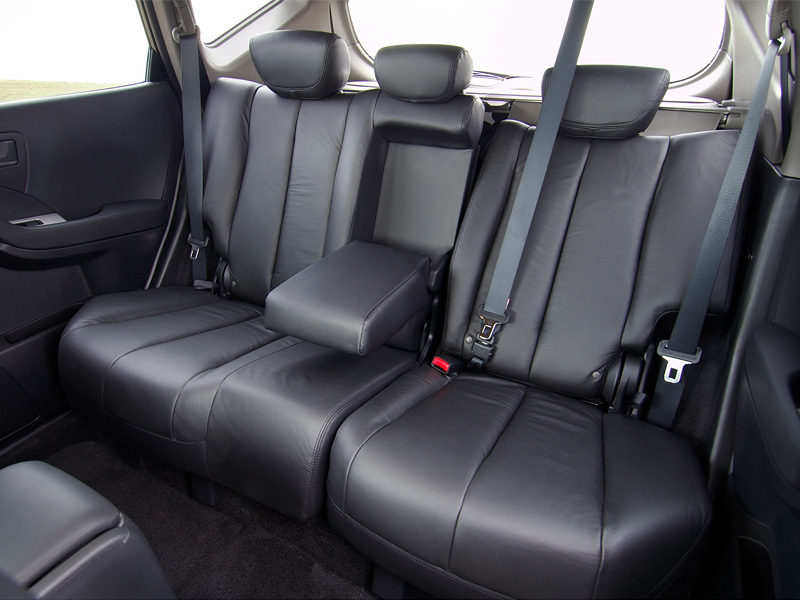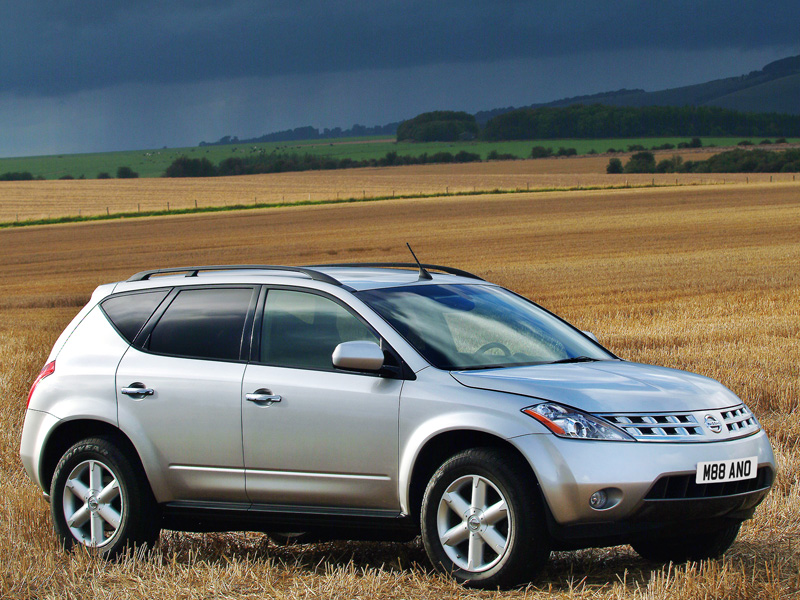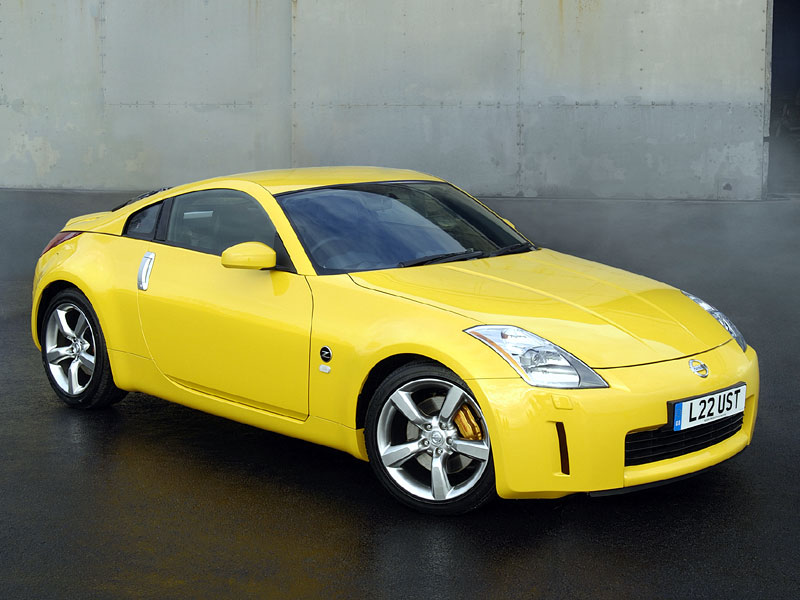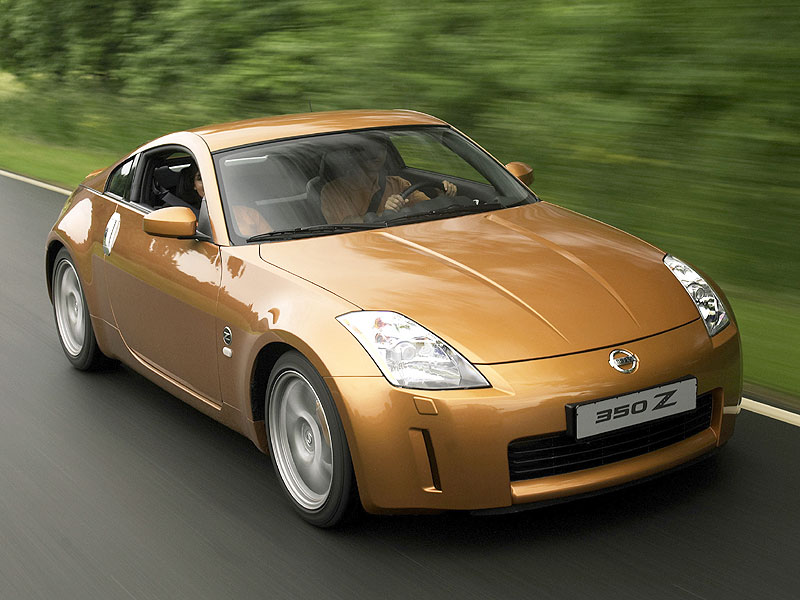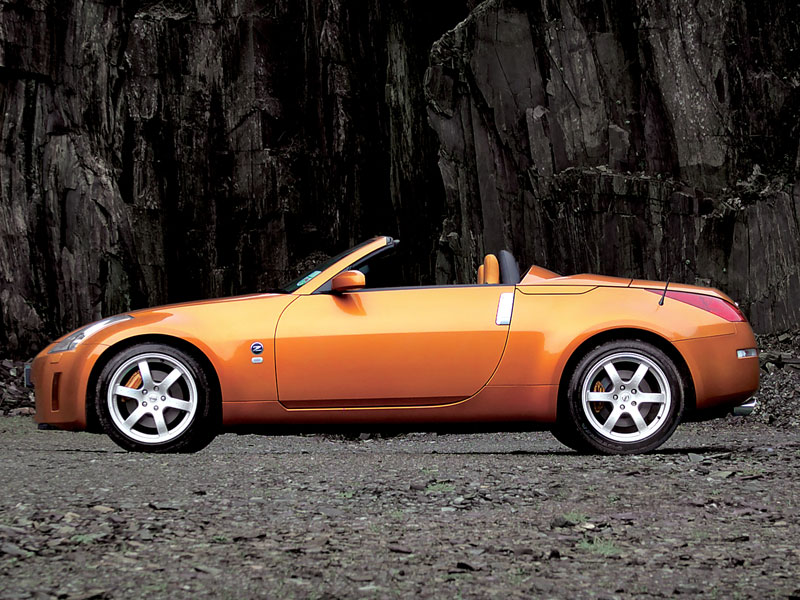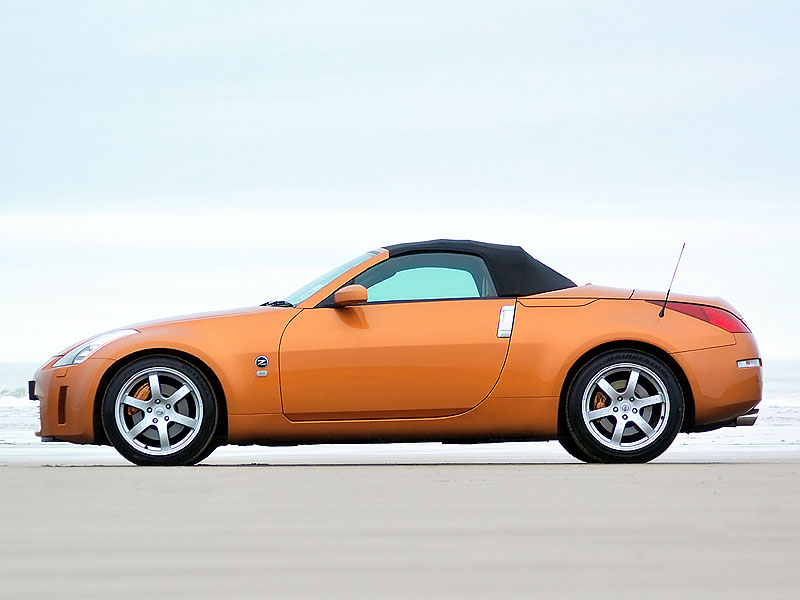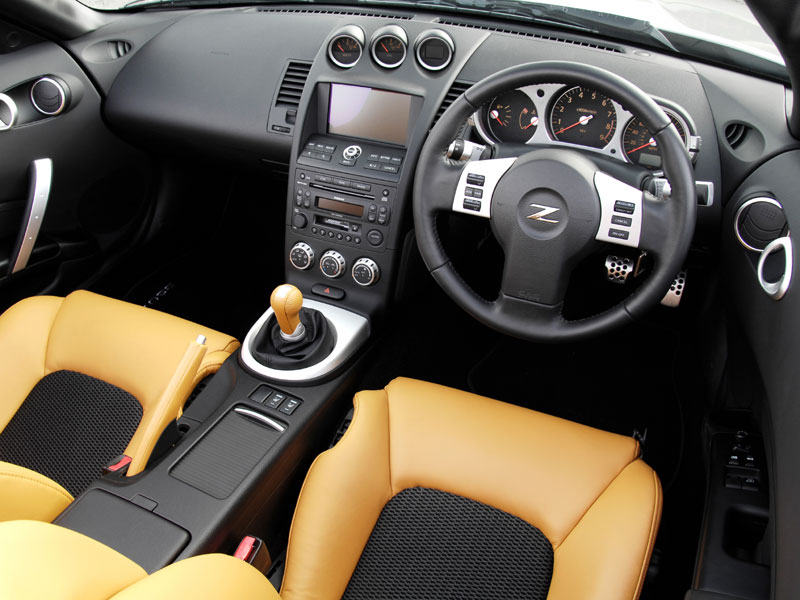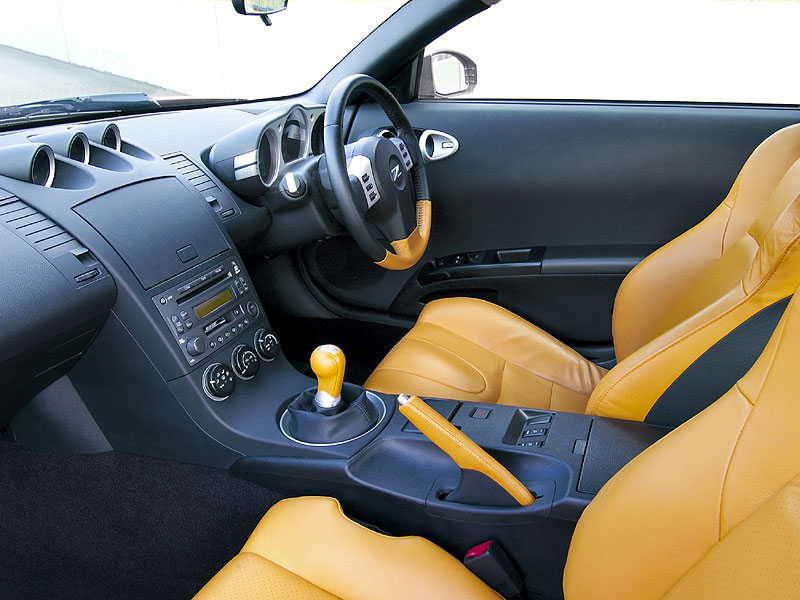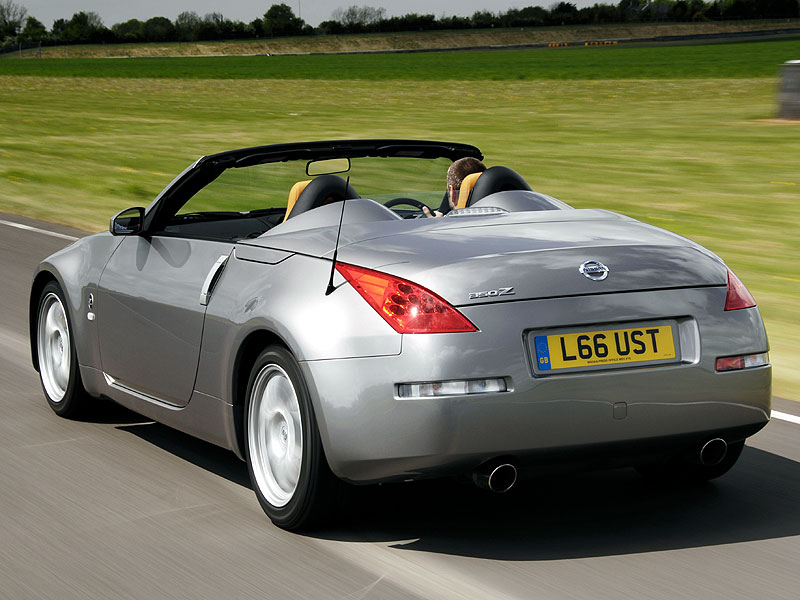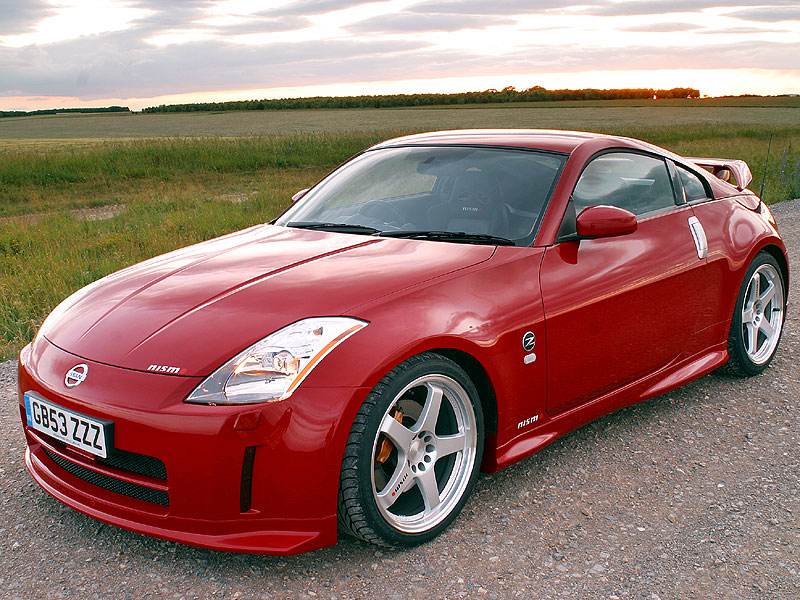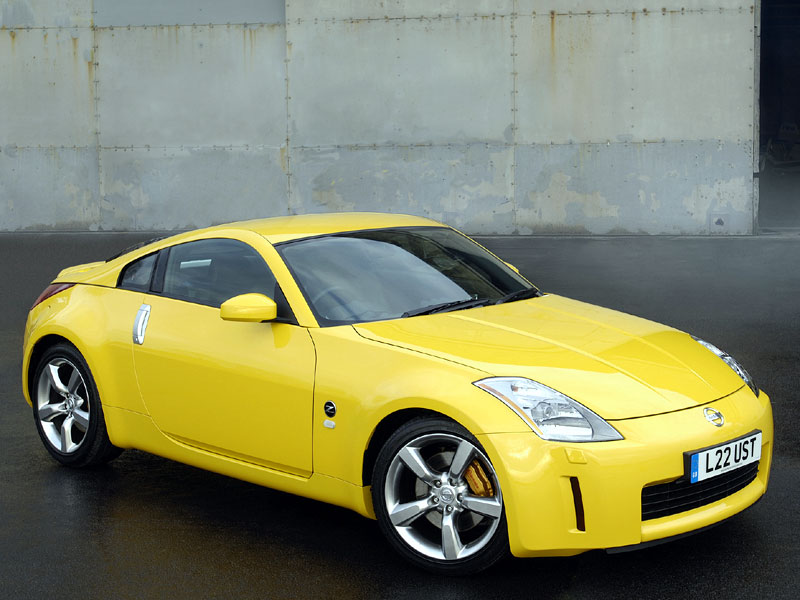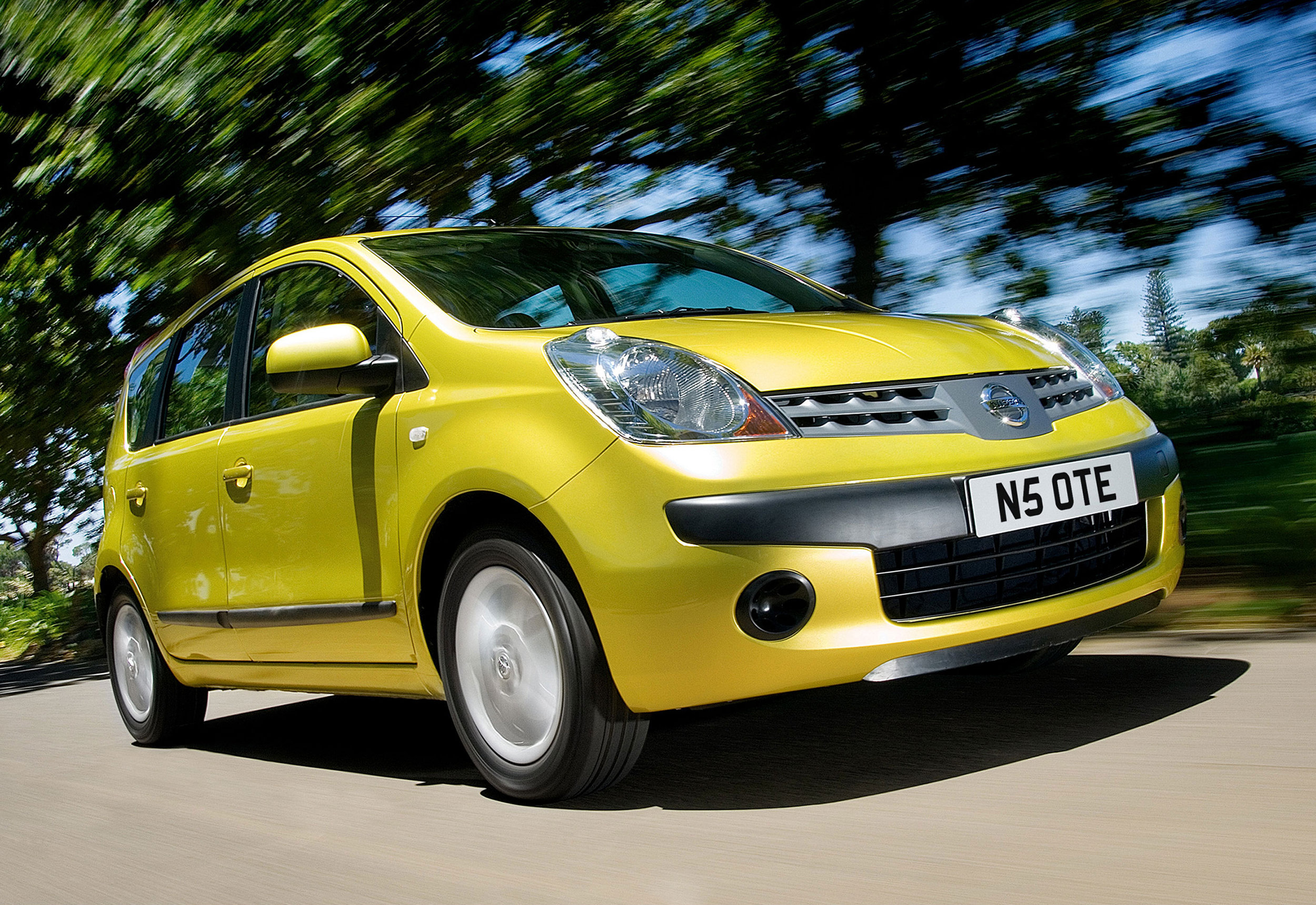
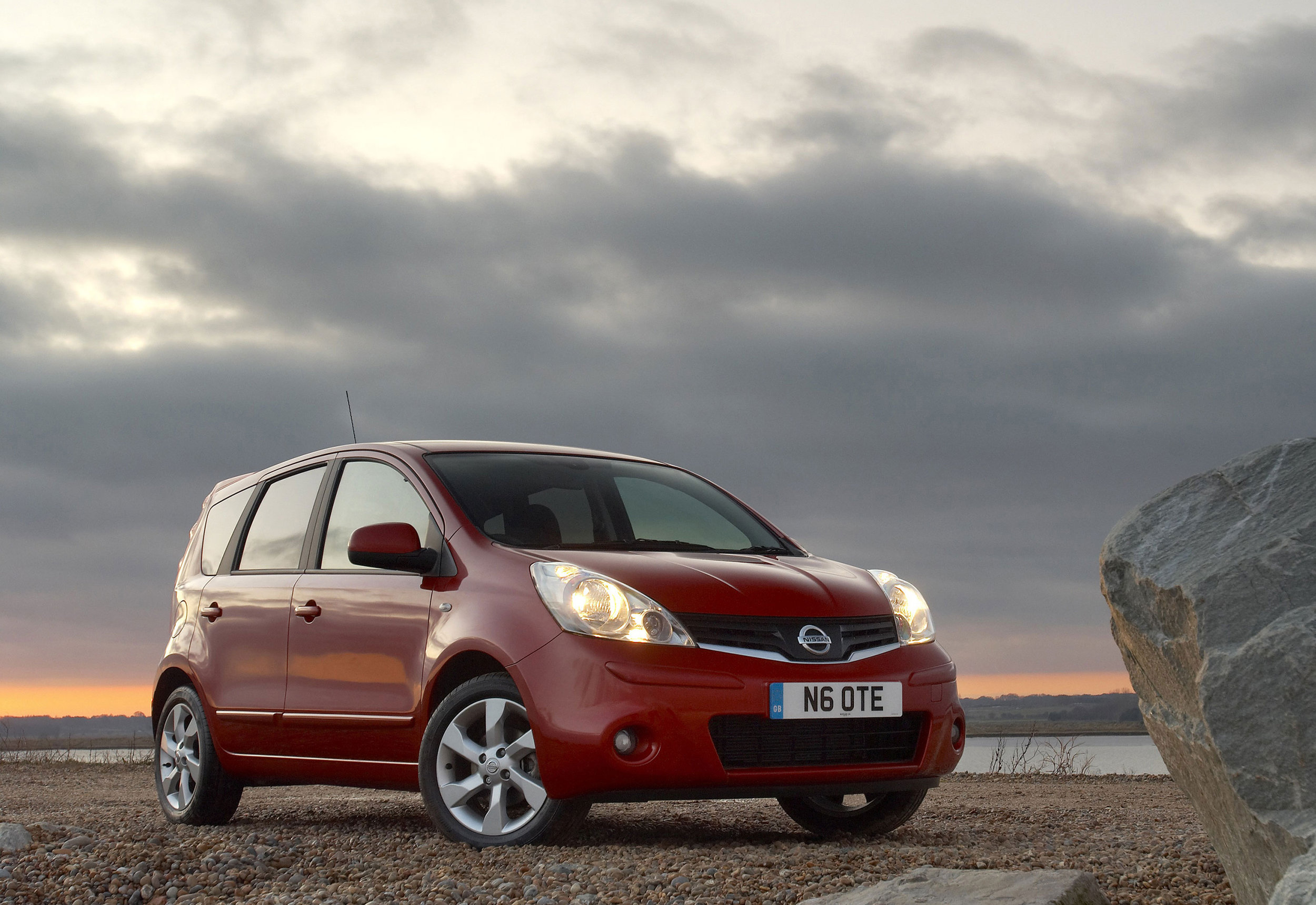
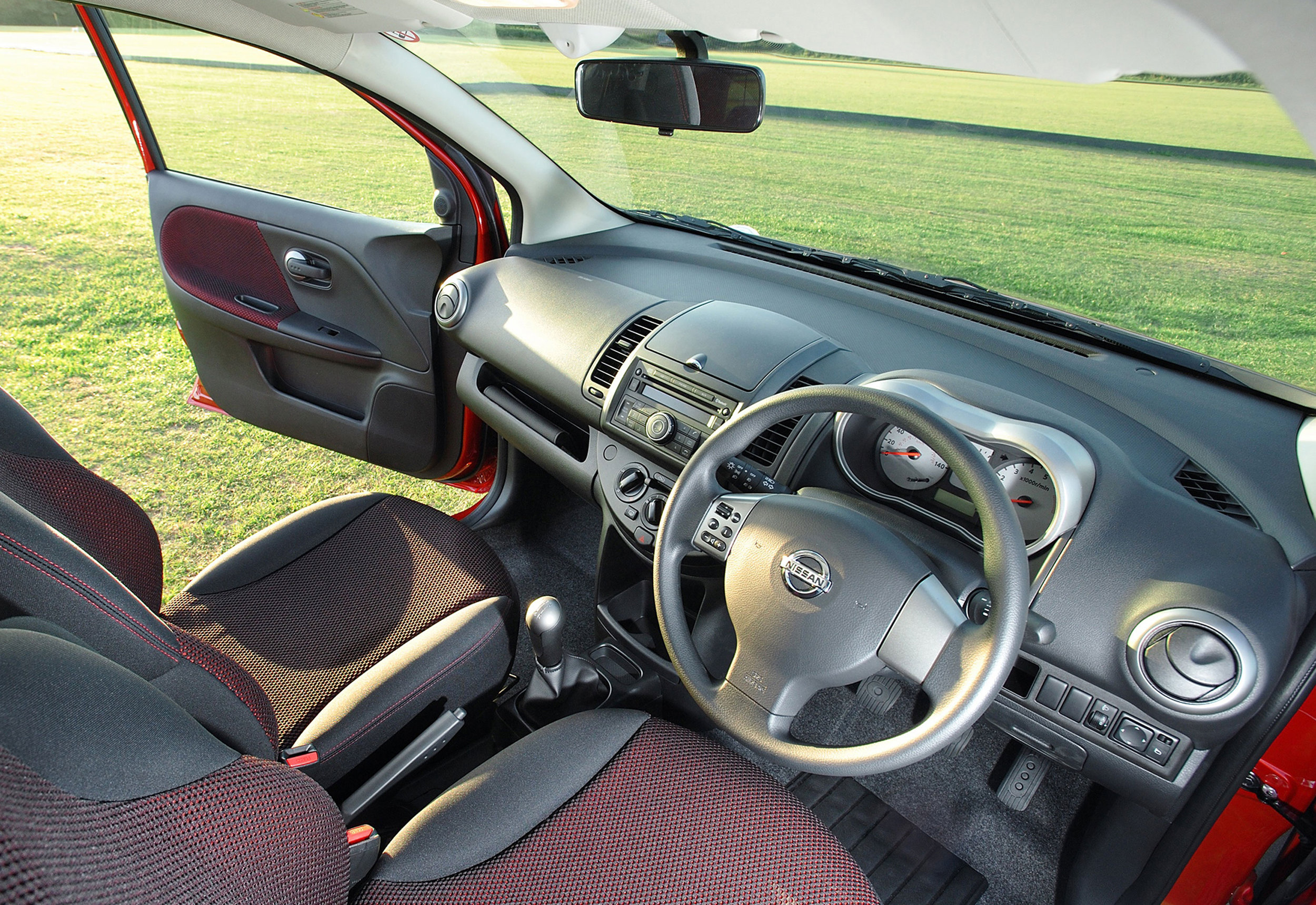
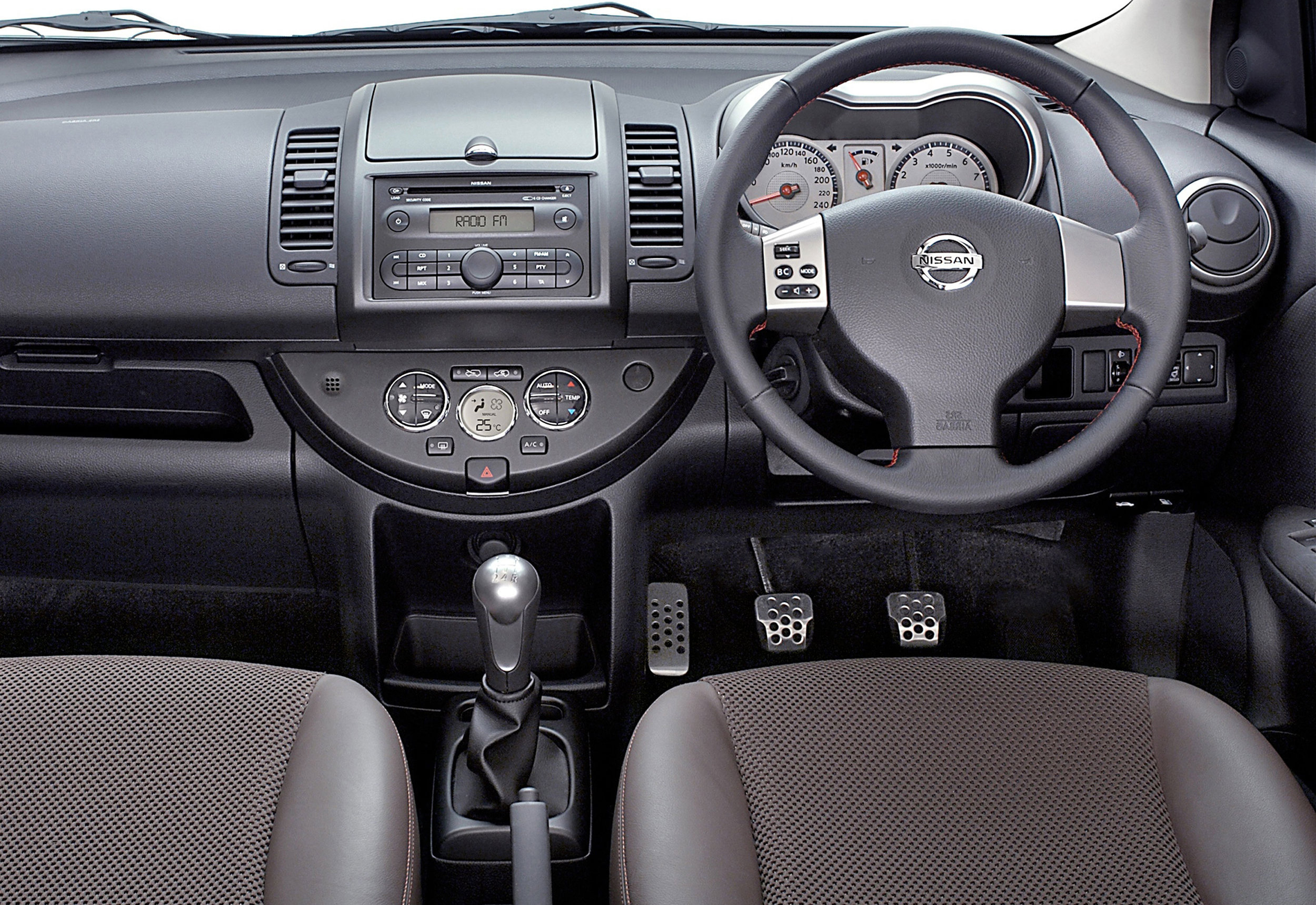
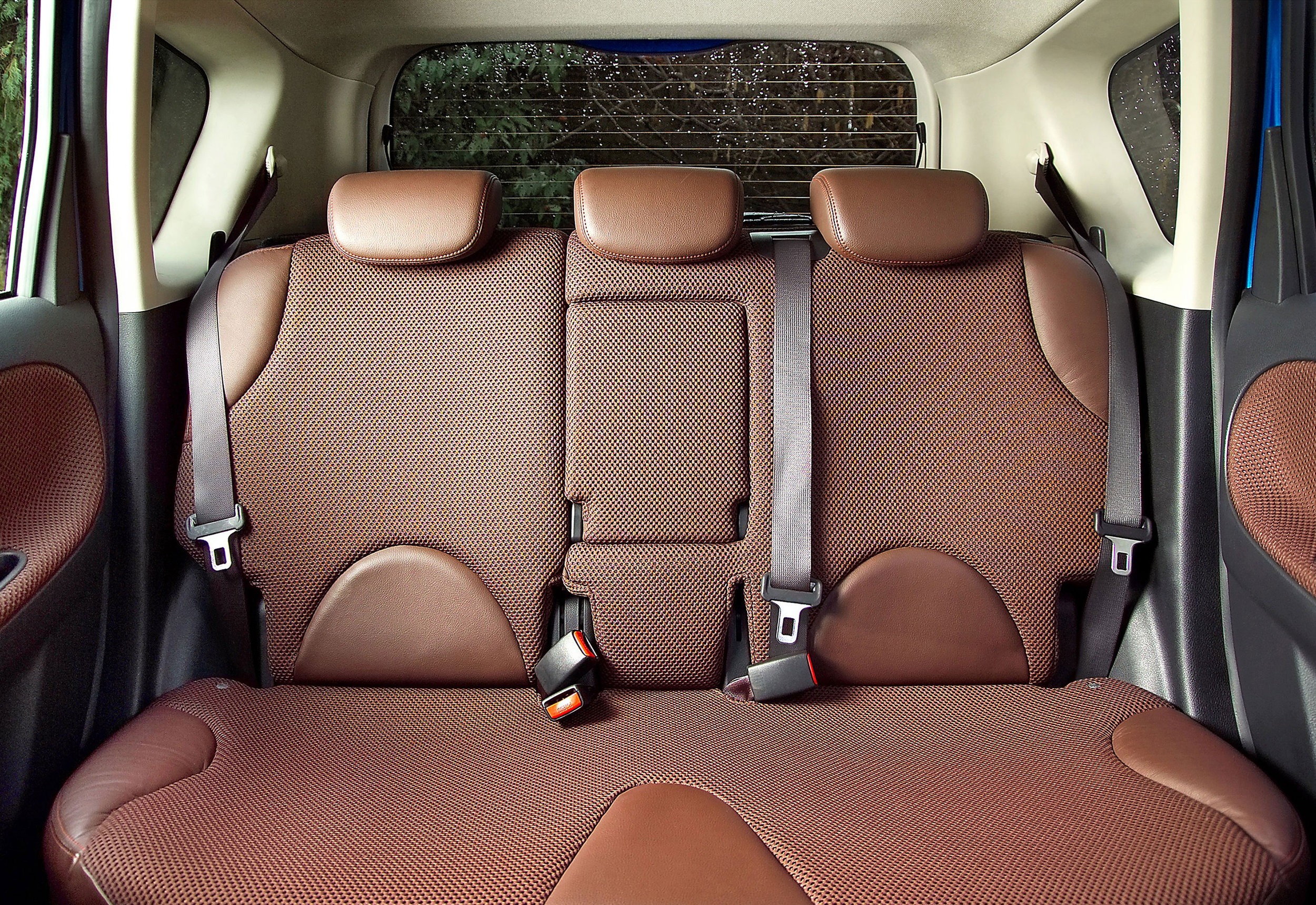
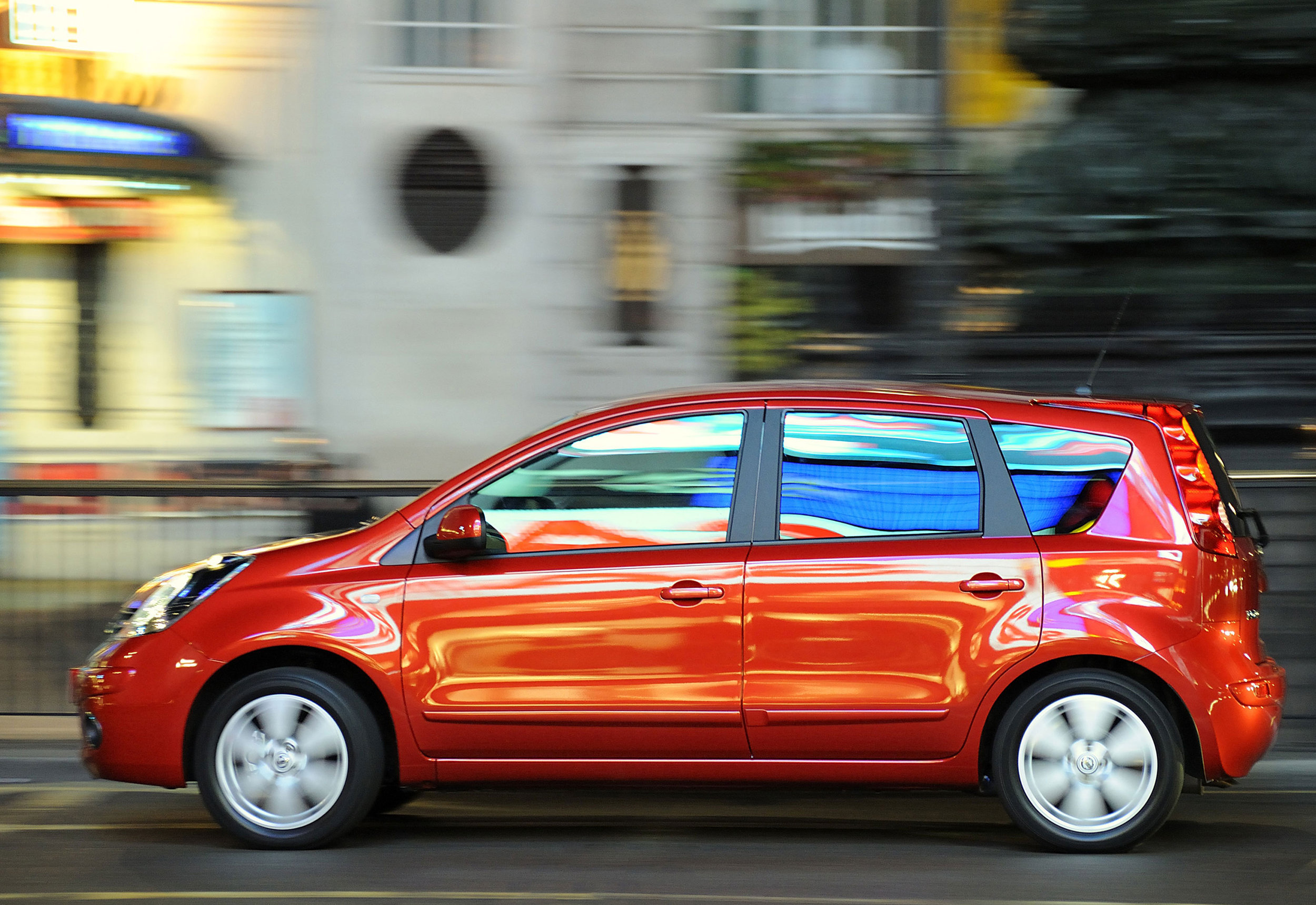


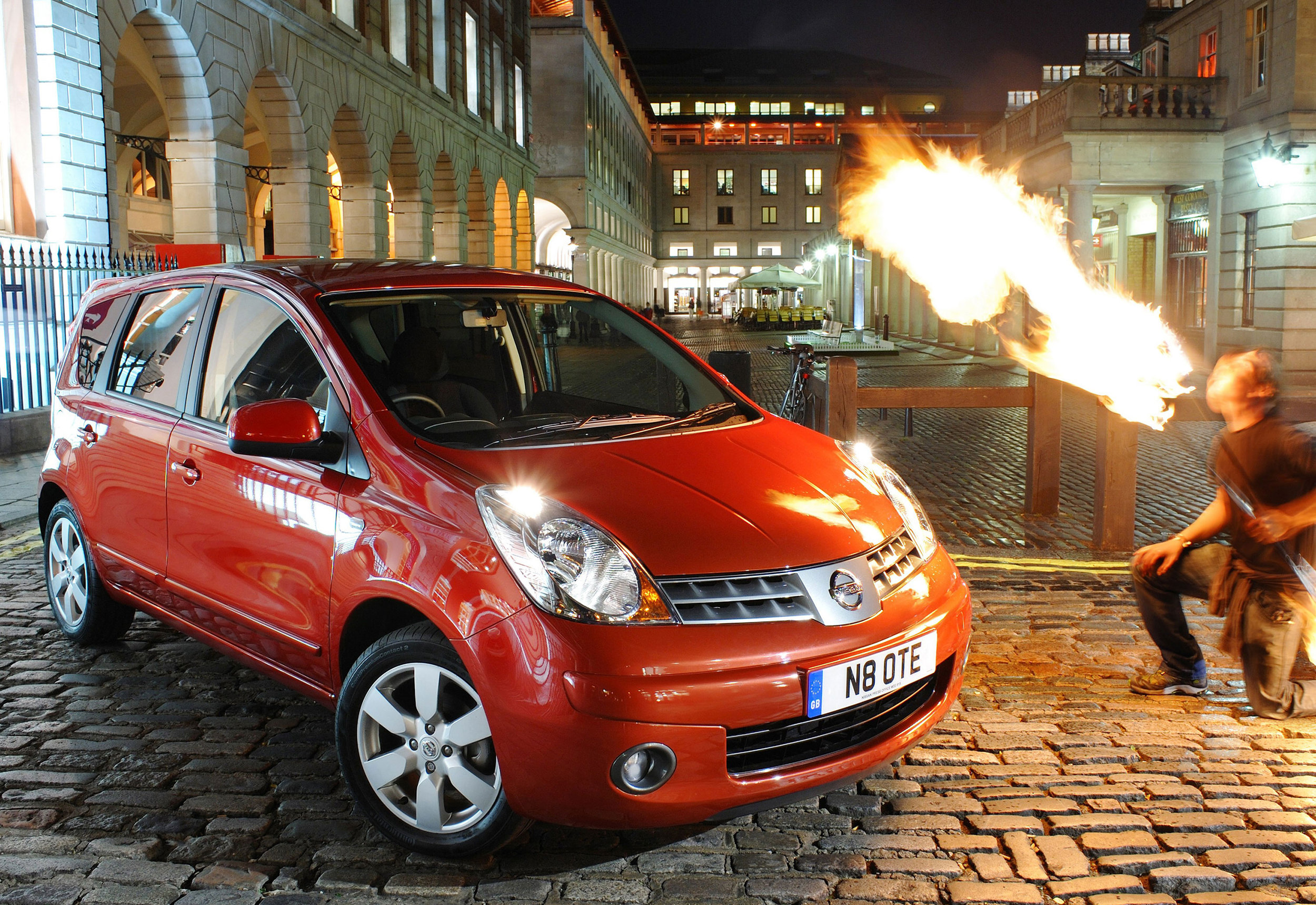

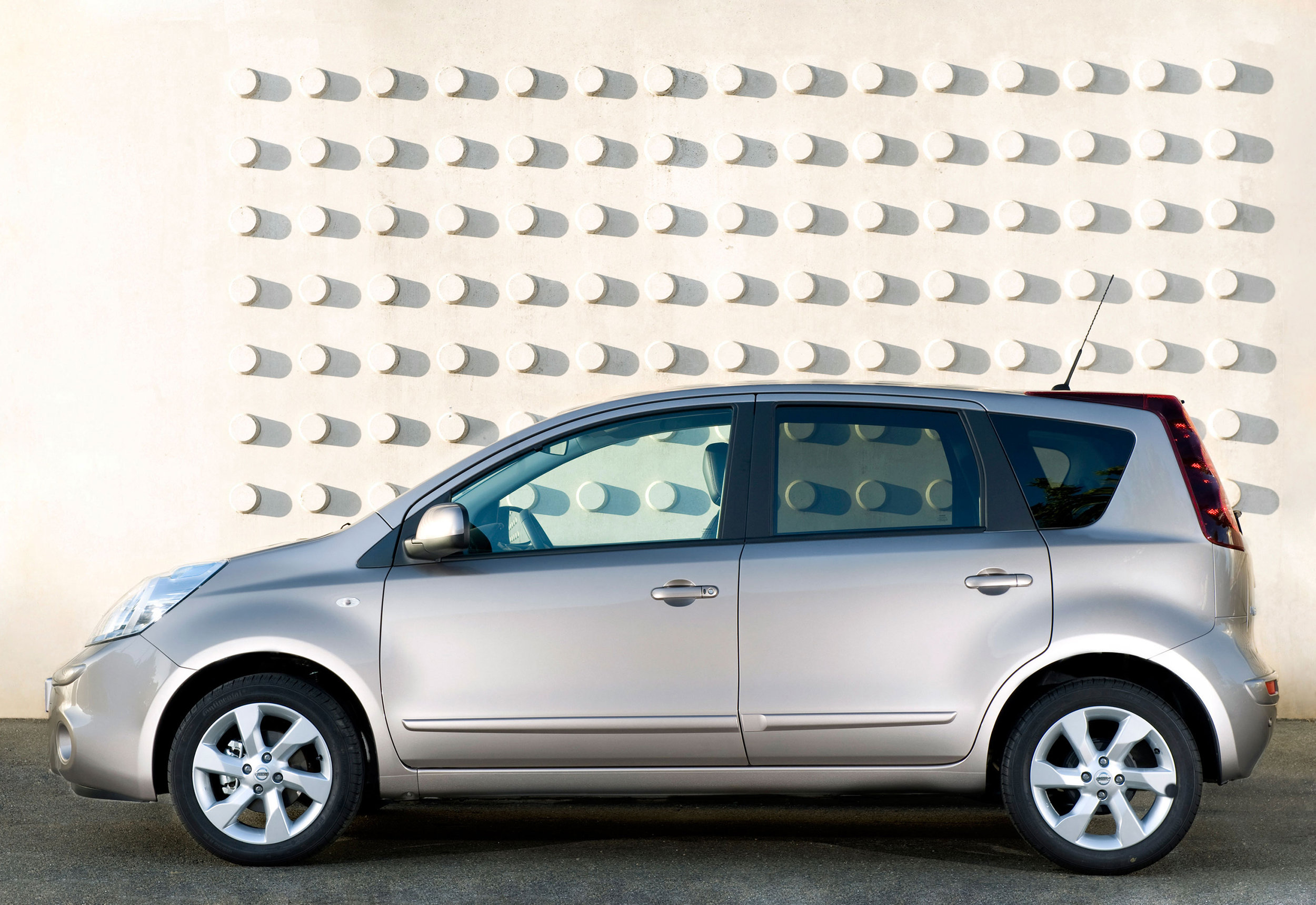
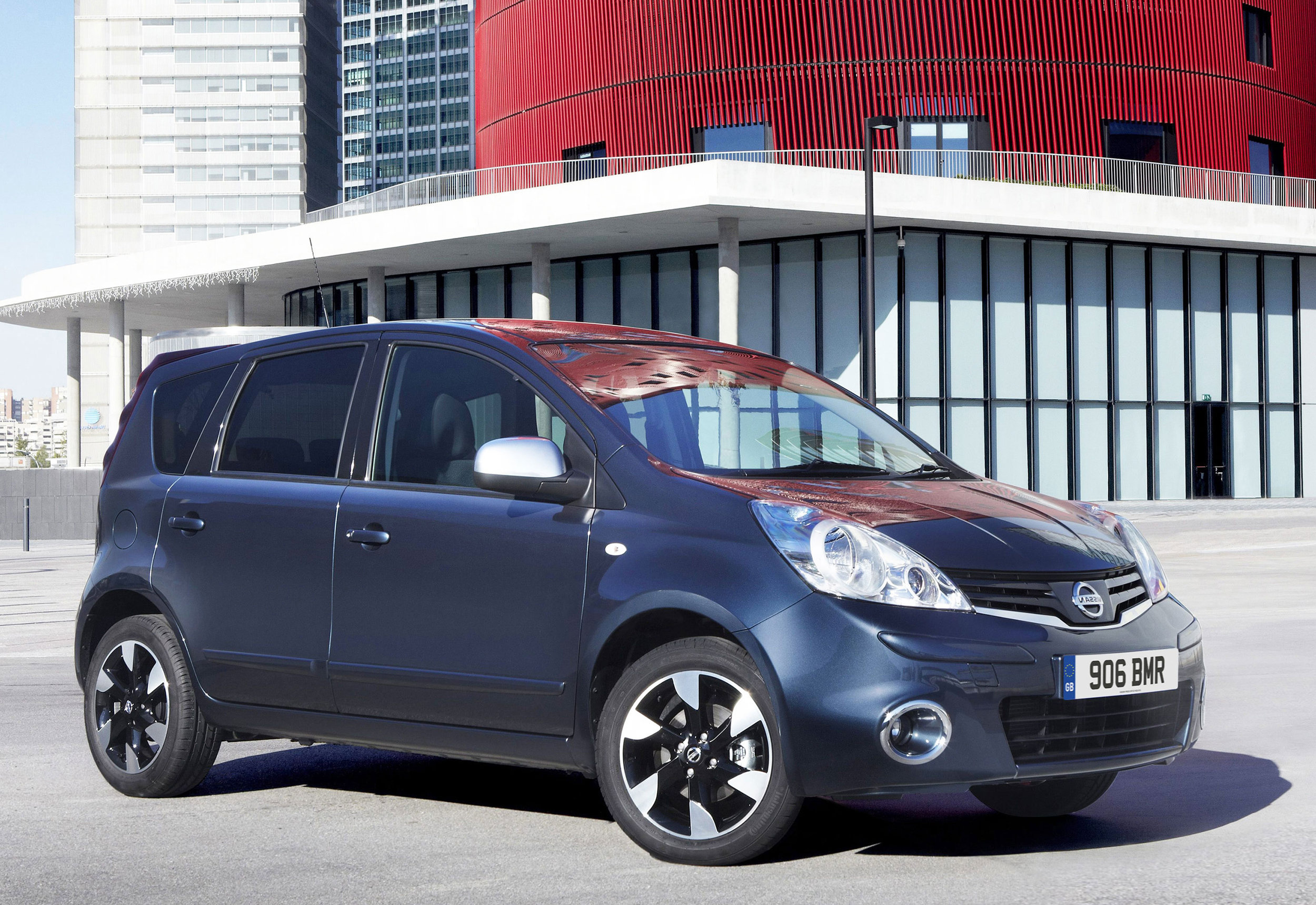
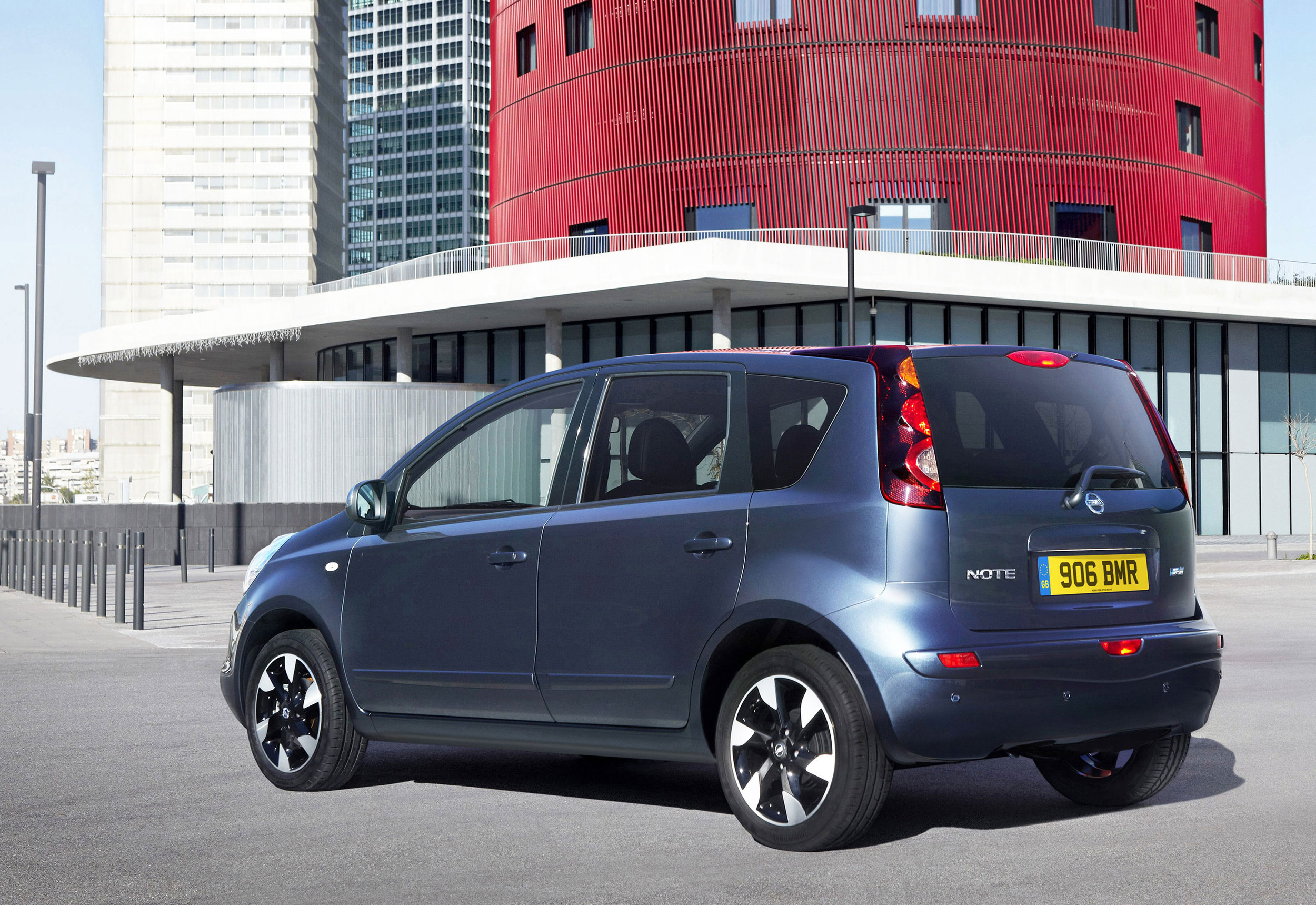
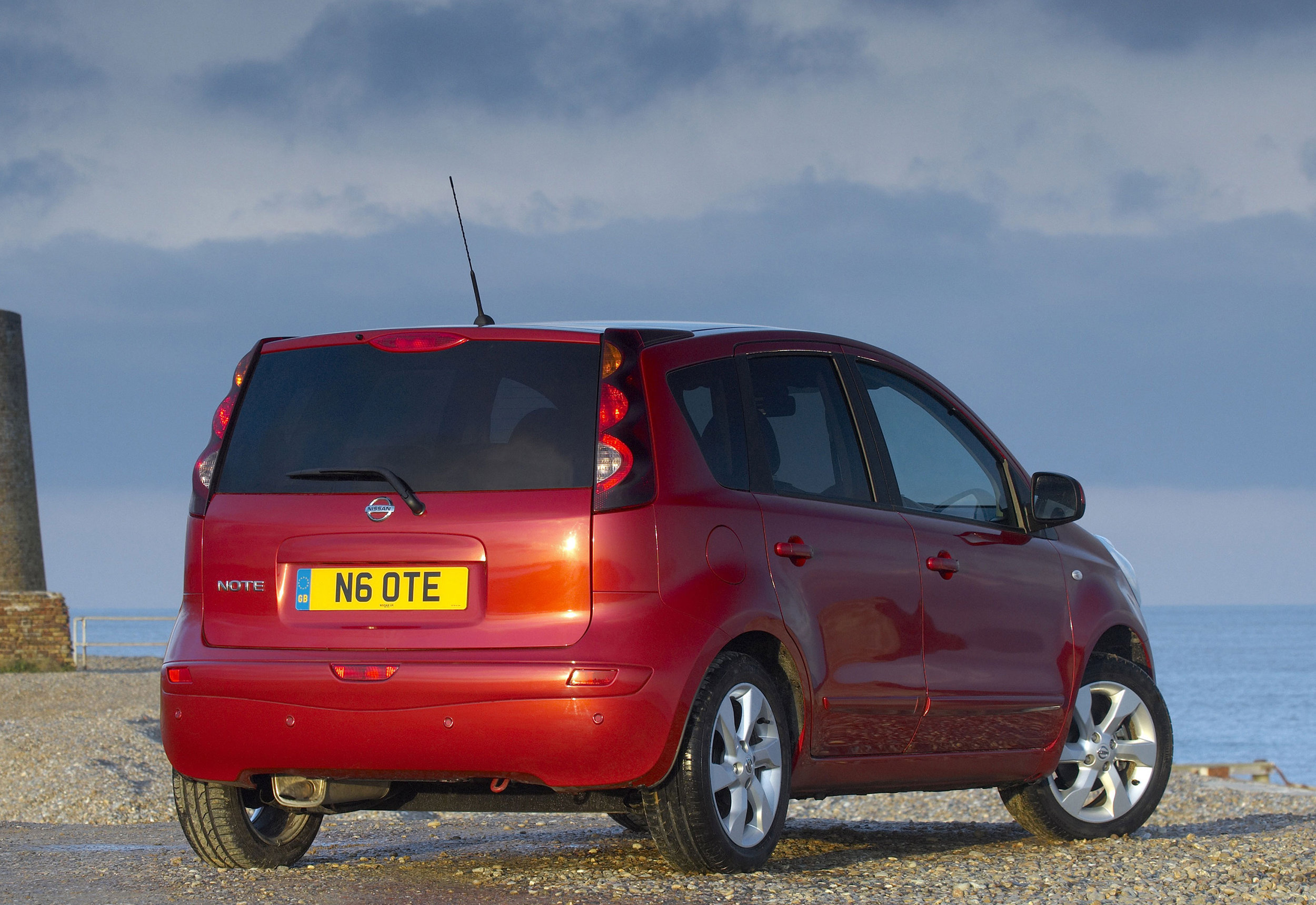
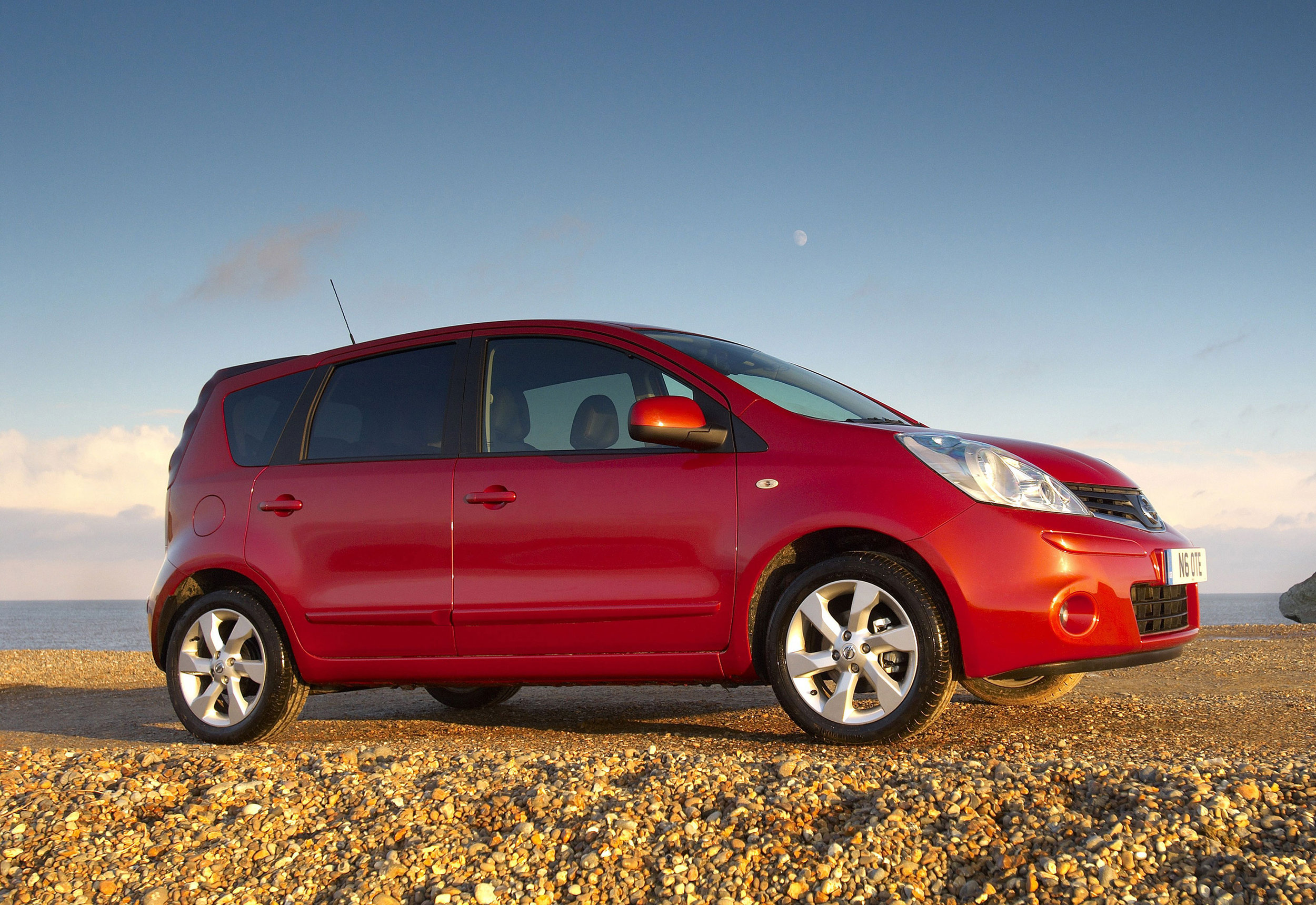
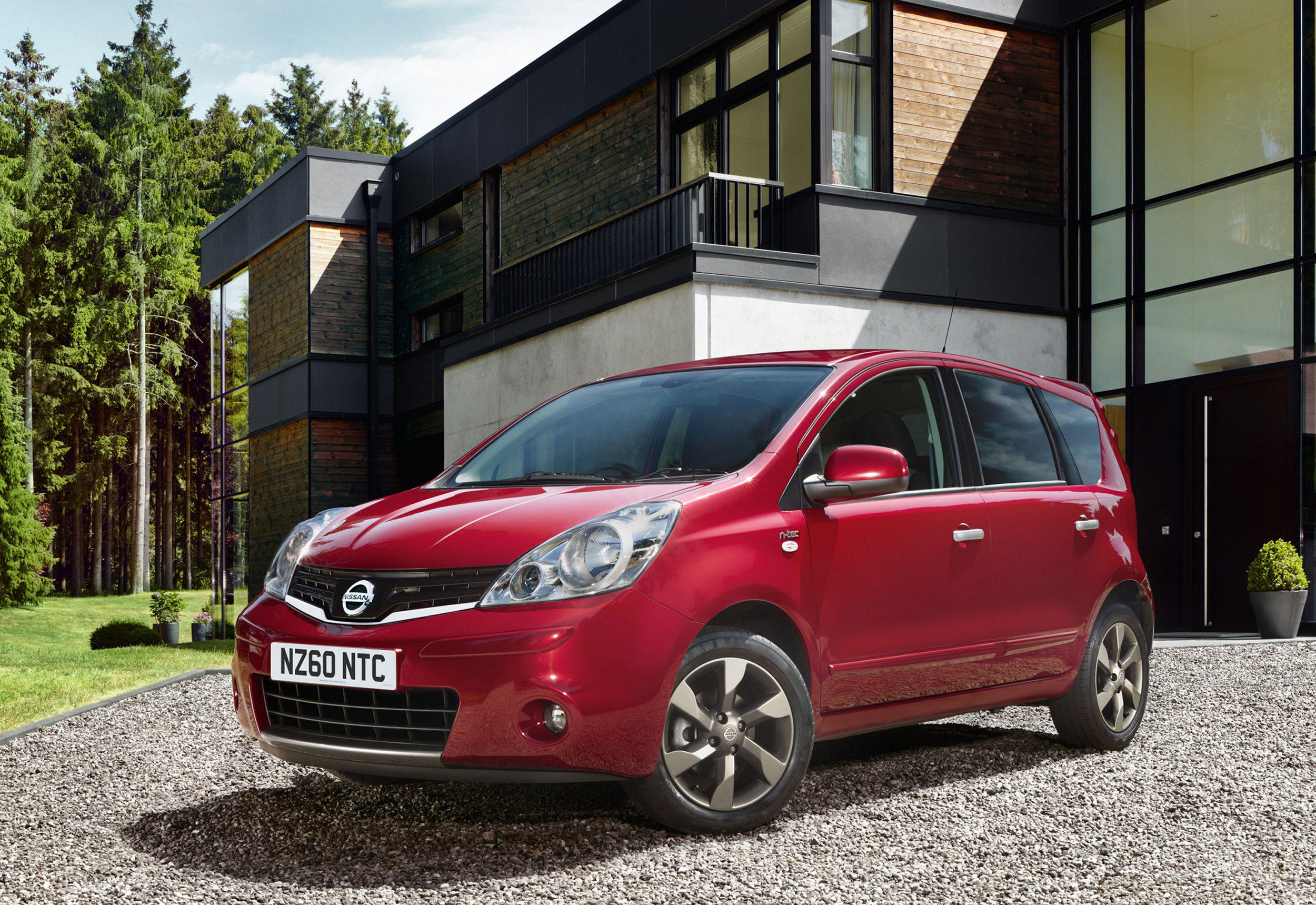
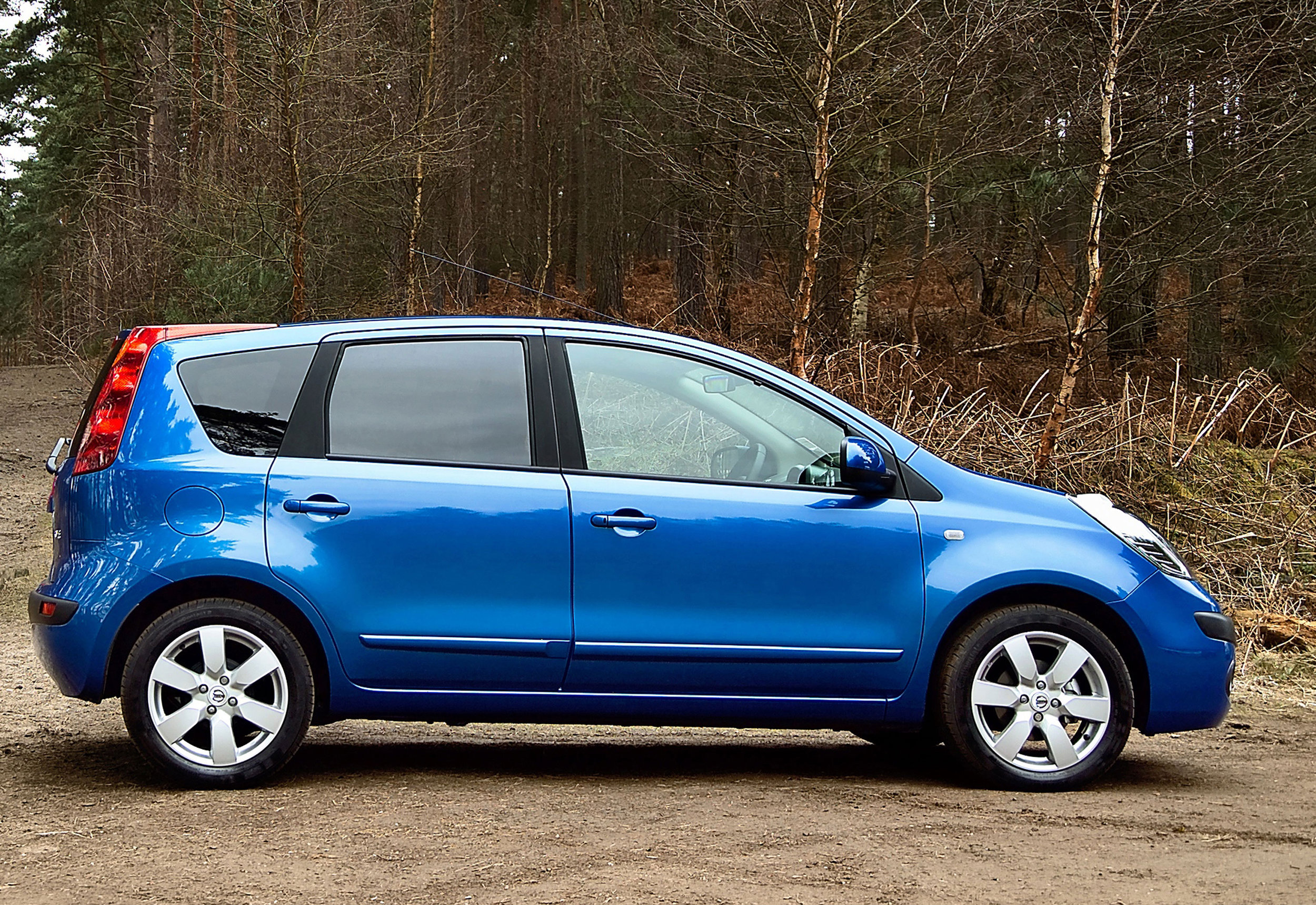
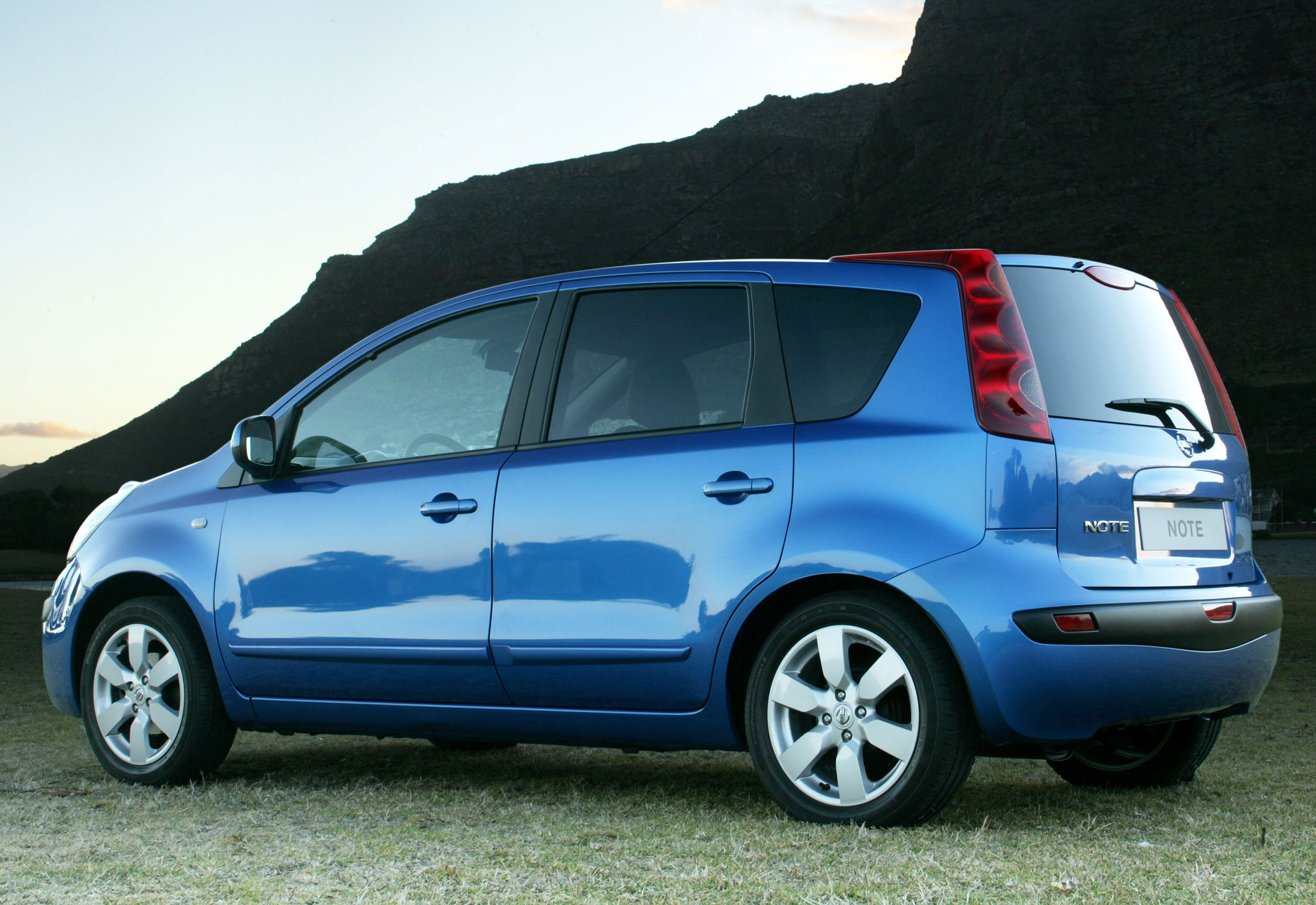

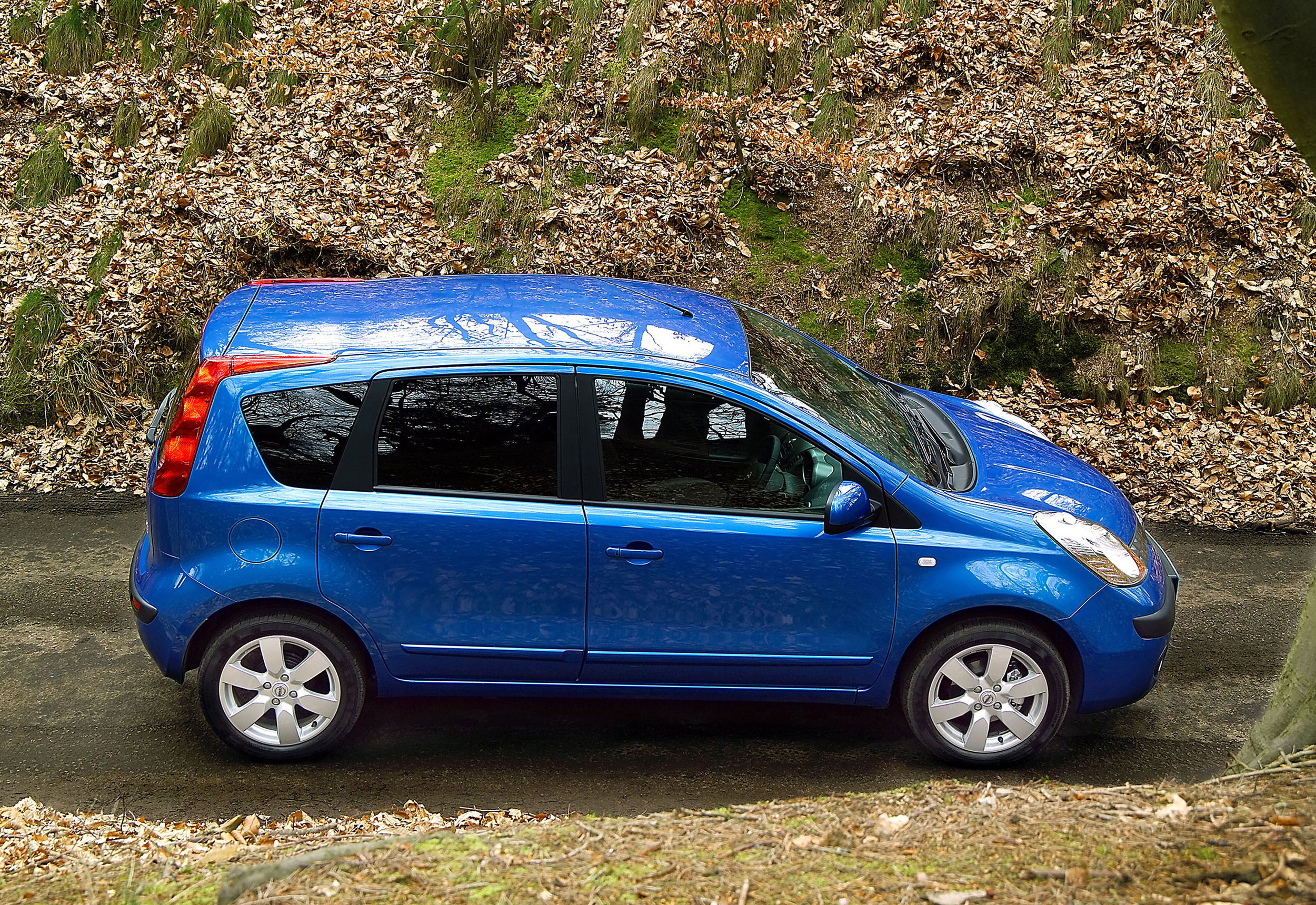
With downsizing very much in vogue, it’s cars like the Nissan Note that make the trend so understandable. Combining a cleverly designed interior with discreet good looks, the Note is one of those cars that’s inconspicuous but very talented, leaving you wondering why you don’t see a lot more of them. Compact yet spacious, the Nissan Note is good to drive and surprisingly versatile, plus it looks smart too. Now the earliest cars are getting old, the Note still scores strongly for reliability. And with plenty of cherished low-mileage cars available, this ultra-practical Nissan is as appealing as ever.
Key dates
3/06: The Note arrives as a five-door hatchback only, with 1.4 or 1.6 petrol engines or a 1.5-litre turbodiesel.
1/09: A facelift brings a fresh nose and a higher quality interior with more standard equipment.
8/10: Further revisions bring more tweaks to the exterior detailing plus extra standard equipment – significantly more, for the high-spec N-Tec.
2/12: A final facelift means extra standard kit for the Acenta and N-Tec, plus a new range-topping N-Tec+ trim.
Checklist
- Squeaks and creaks from the front suspension suggest fresh anti-roll bar bushes are needed.
- Cars with 16-inch wheels and 55-profile tyres have a ride that you might find too firm.
- The engine auxiliary drive belts can wear quickly.
- The windscreen suffers from chips and cracks in the lower corners, which then spread throughout the screen.
- Steering racks aren’t very durable, so feel for play.
- Waterlogged footwells suggests the air-con system is leaking; repairs can be involved.
- The electrics can be unreliable, so ensure they all work. Pay particular attention to the powered windows and stereo; check the CD player too.
We like
- Versatility
- Practicality
- Smart looks
- Keen prices
- Reliability
- Driving experience
- Low running costs
We don’t like
- Bland cabin design
- Basic entry-level cars
- Cramped for five
Richard Dredge

